My final day in Uyuni was busy, train cemetery or train graveyard, Inka Wasi Island (Isla Incahuasi, Inkawasi) and waiting on the salt flat till after sunset to get some evening pictures. That’s not the reason it’s taken me months to write this, that’s a story for some other time. Brief summary: I’m now living and working in Saudi Arabia, have been since December 2020. I was quite busy initially during the initial stages of Covid whilst working remotely from Dubai but lost the drive to write when I started working again. 2022 started off badly; one of my best friends, who also happens to be my sister-in-law, Roxi, was killed in the desert whilst riding her MX bike. This affected, badly. Nine months later I still cannot think about it without getting emotional. The loss will never be forgotten. This is not a eulogy to Roxi, when I feel the time is right to write about her I will.
Valeria, my tour guide picked my up from my accommodation, Oasisa-Blanco Hotel / Hotel Oasisa Blanco. First stop of the day would be the Train Cemetery. Still not sleeping 100%, my coughing had subsided and almost slept the whole night uninterrupted. On a separate note. Daytime Temperatures were around 21 degrees in Uyuni, the temperature is quite constant, though when you’re on the salt flat it feels hotter. Evenings, are chilly, temperatures ranging between 5 to -9 degrees. It never went below zero when I was there. That being said, I wore my gloves every evening.
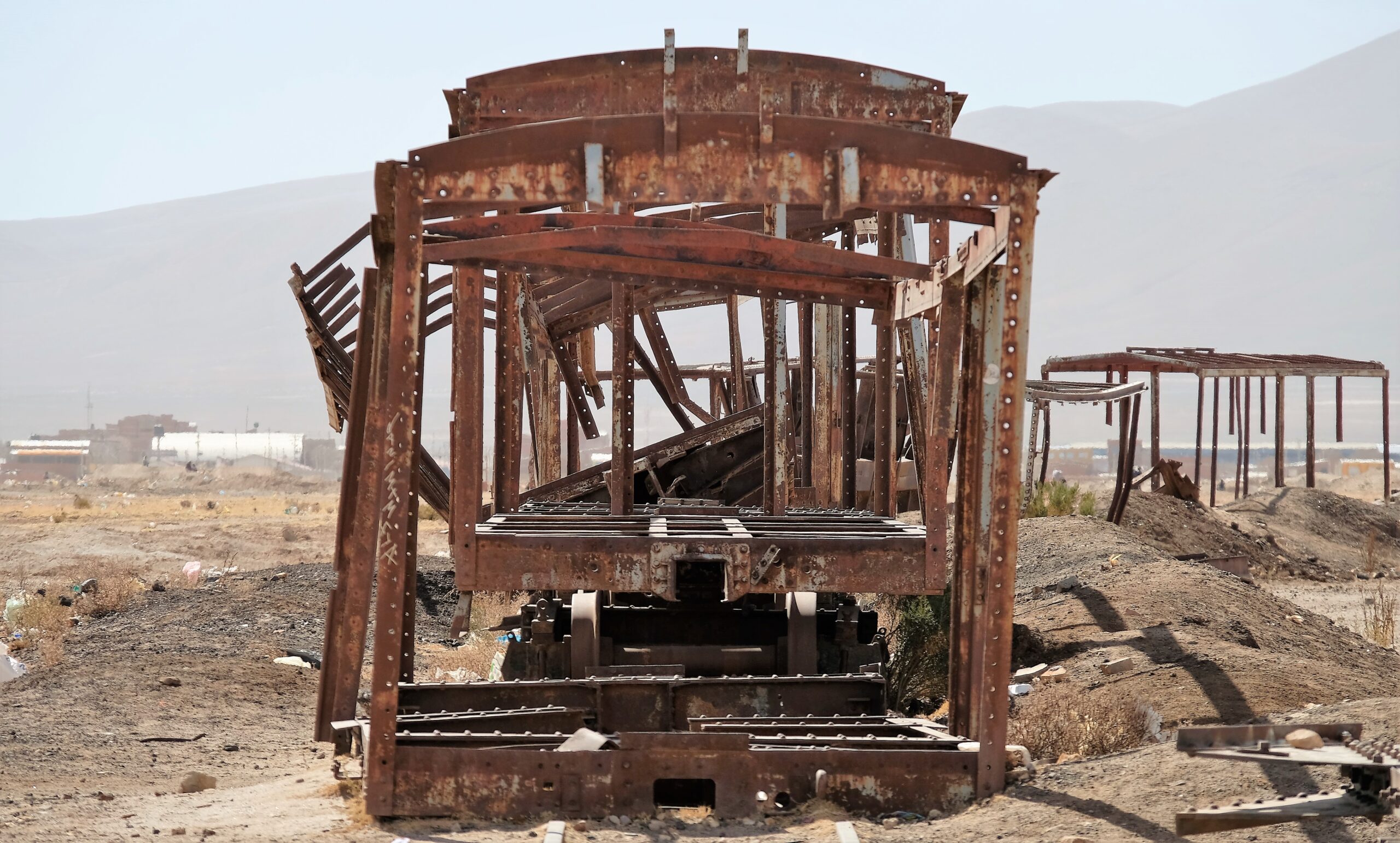
Trian Cemetery / Train Graveyard, Uyuni
Going to look at rusty dilapidated trains may not be on the top of the list of most peoples’ to do list, but if you’re in Uyuni I’d recommend going. We spent one hour there at most, long enough, though if you are looking for interesting pictures I would imagine getting there at sunrise or sunset could be interesting (I didn’t).
As with many places in Bolivia, Potosi comes to mind, Uyuni used to be play a large part in Bolivia’s import and export industry. Looking at Uyuni now, you wouldn’t think it used to be a major train transport hub for the country. Bolivia used to have a coastline, which they lost during the War of the Pacific (Peru and Bolivia vs. Chile) in in 1879. Eventually there was an agreement between Chile and Bolivia that the latter could use Chile’s ports, that’s where Uyuni fits in. British engineers were brought in to build that railway between 1888 – 1892, building racks from Uyuni to the Pacific Oceans ports in Chile. A combination of the mining industry collapsing in the 1940’s and not having their own coast (cost of transport) the railway fell into disrepair. Being in the middle of nowhere, cost of transporting them to be recycled, many of the trains were left where they stood. Eighty years later…what is left, carcases of steel. Like Potosi, Uyuni is now barren, stark and devoid of any real economic existence, at least for now.
The Train Cemetery or Train Graveyard, makes the best out of a bad situation. One of the main peripheral tourist attractions in the area. Mostly visited by curious tourists, you can’t even buy water there. Used by the locals to practice their graffiti skills, some of which are impressive. There’s not much to do there except witness what the outcome of demise looks like. Not to get philosophical, but these skeletal remains of what were once the driving force of an economy are now attractions for their decayed remains – not dissimilar to life.
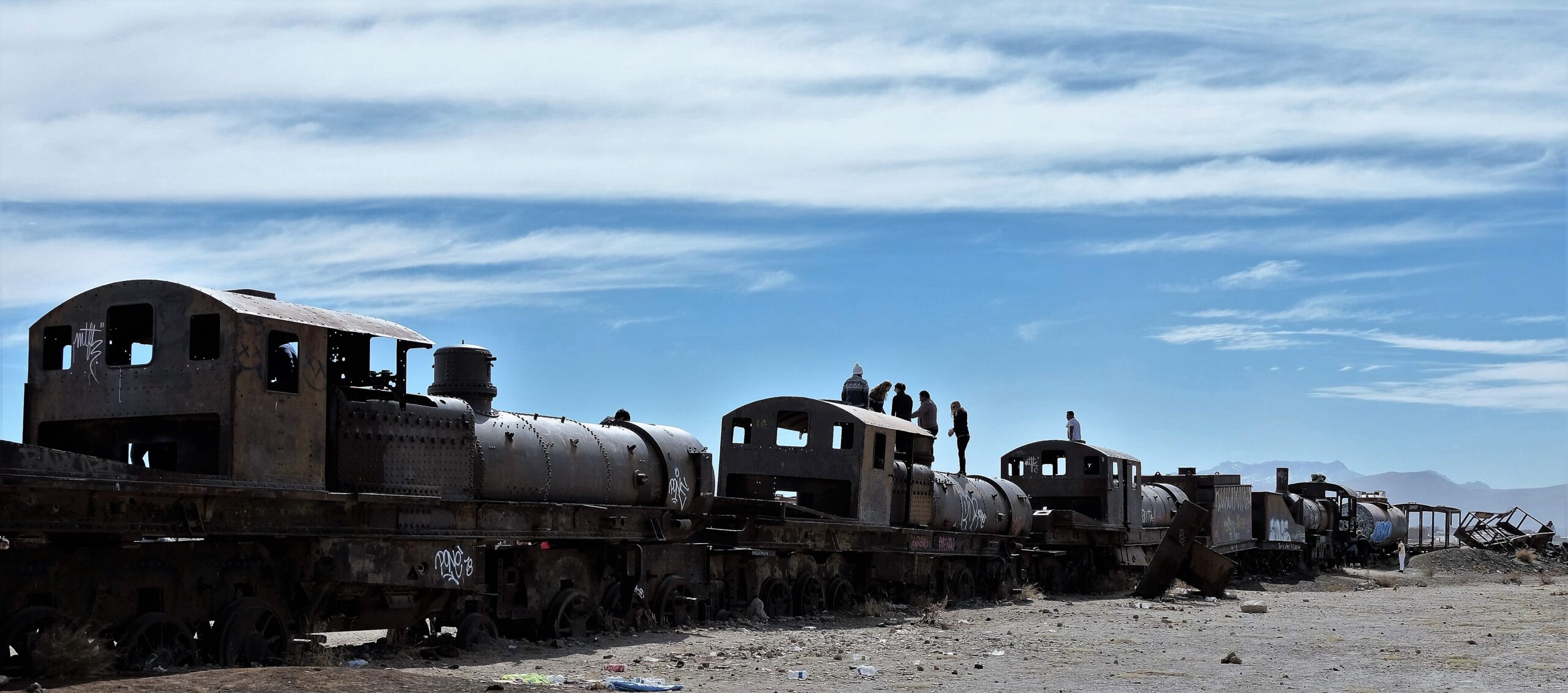
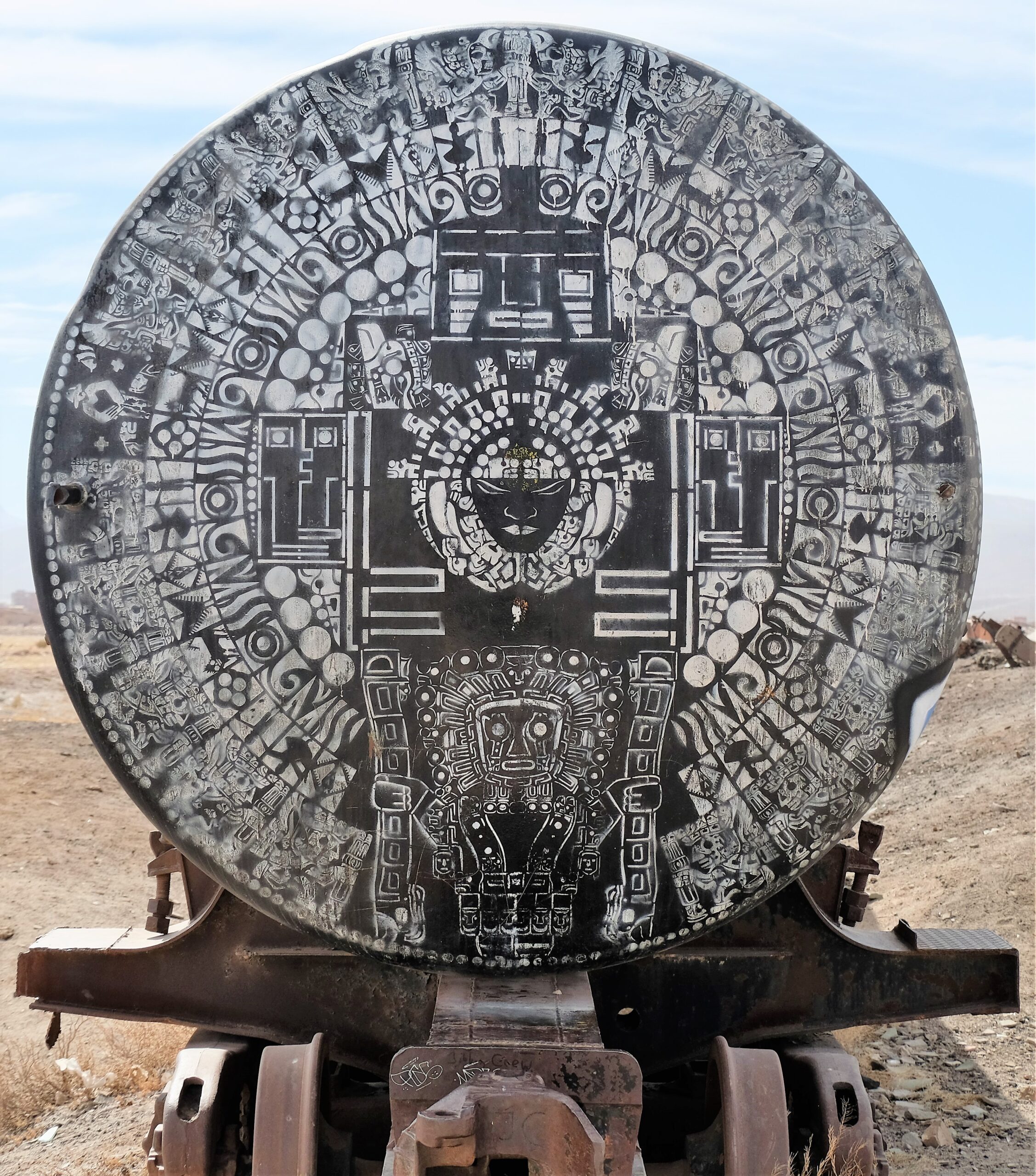


Colchani
On route to the salt flat we stopped over at the little town of Colchani. When I say small, I first mistook it for an outdoor market, only for Valeria to correct me. Colchani has around 600 inhabitants, and people have lived here, or near here for hundreds of years. These inhabitants do what has been done for centuries, they harvest salt. Salt used to be traded with other indigenous people for coca, maize or anything. The trusted Llama then used the be their train coaches. Packed like mules, they tracked for almost 600km.
These days things are a lot more organised. Colchani has the largest salt processing cooperative, who process around 25 000 tonnes of it every year. You could easily spend an hour or two here, from watching how they process the salt, the Salt Museum, to ambling around market….dominated by salt products, from sculptures, to table salt etc. etc. I didn’t do any of these, only a quick glance at the market – I really wasn’t that interested. What I can say, we bought some freshly squeezed orange juice and it tasted bloody amazing!
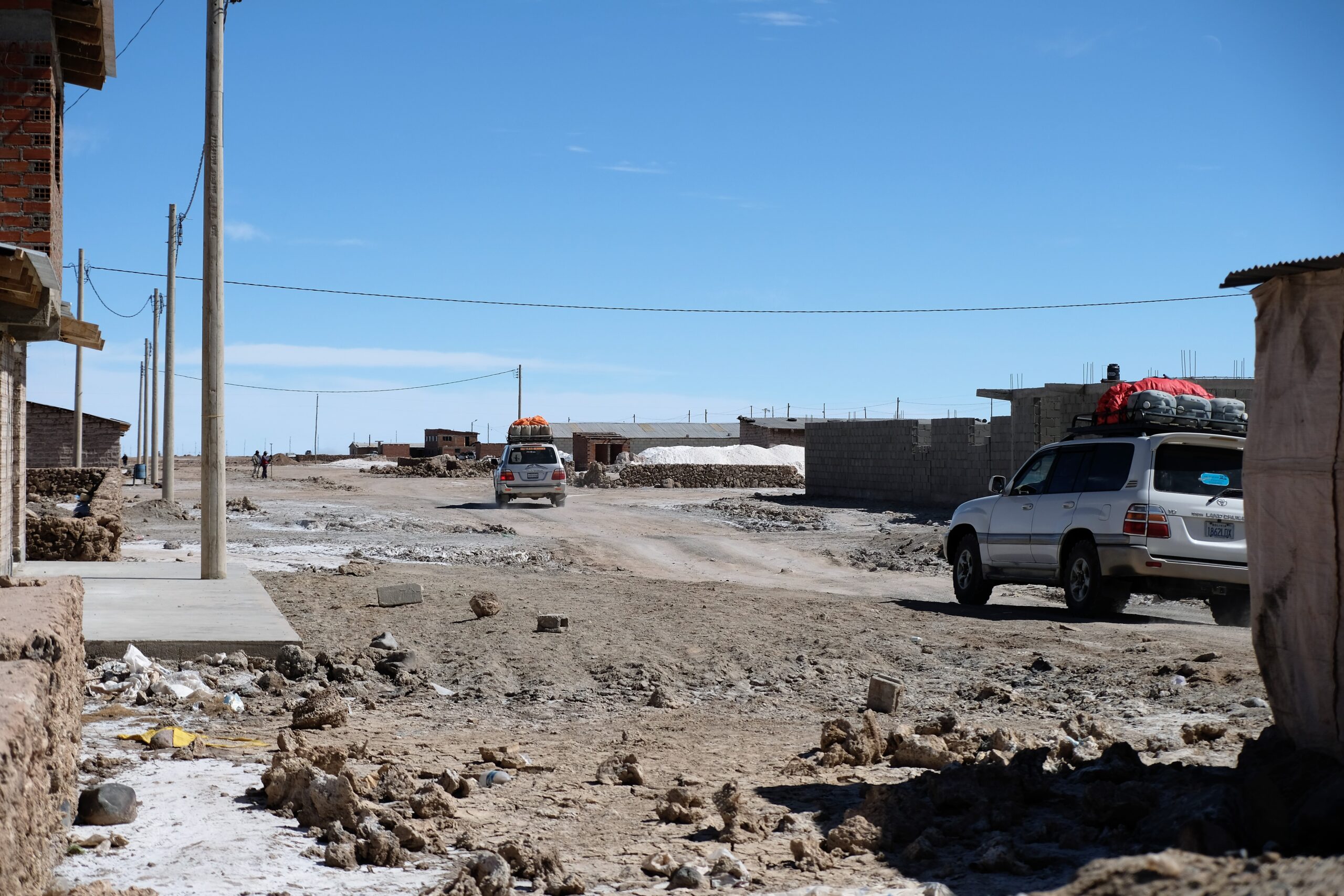
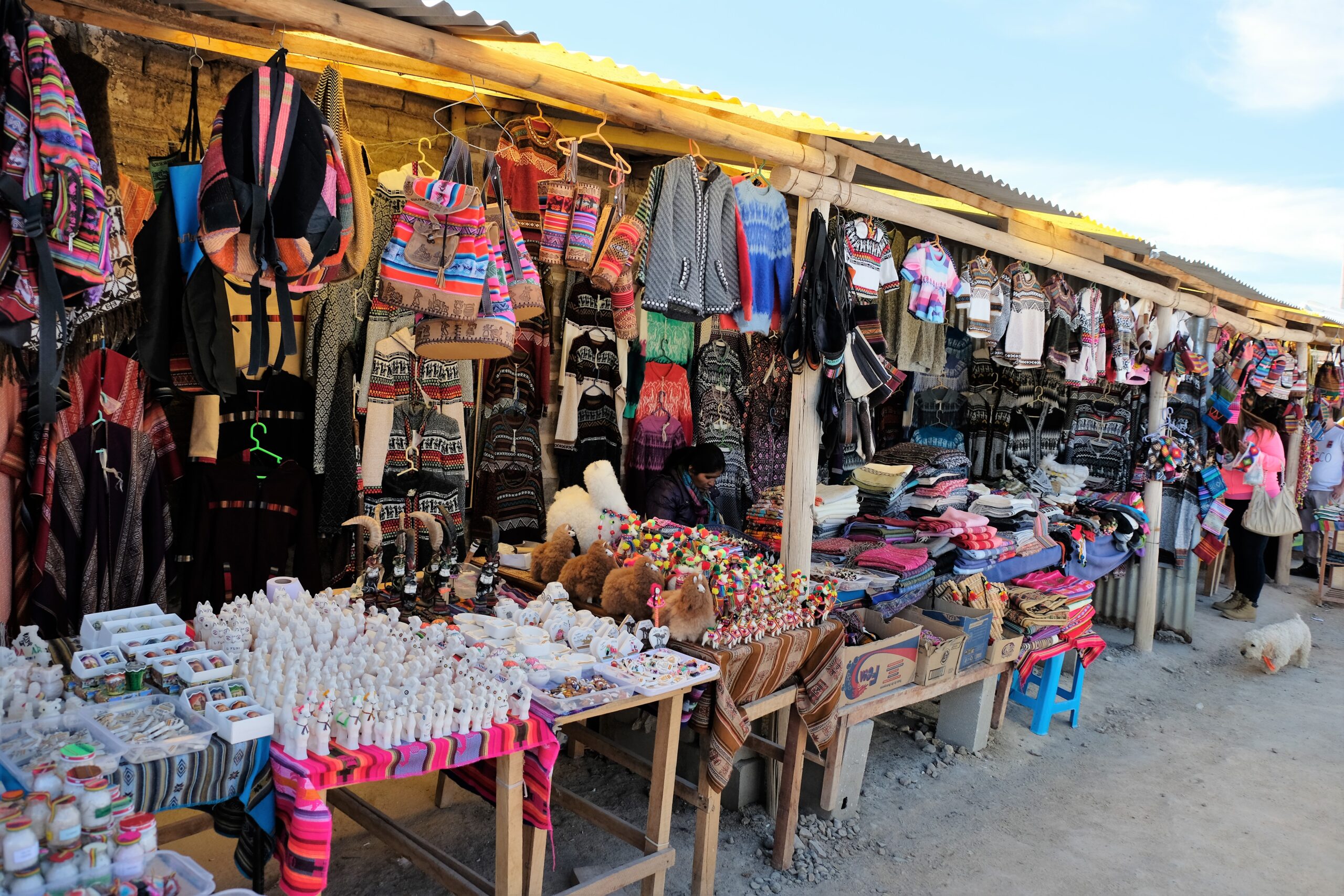
Isla Incahuasi / Inkawasi / Inka Wasi
Third stop of the day was Isla Incahuasi / Inkawasi / Inka Wasi, about 75km from Colchani, about 73km of which is driving on the salt flat. Driving on the salt flat is interesting; with no frame of reference, it’s almost impossible to gauge your speed. Below you is a constant of monotonous white, as far as the eye can see. No change in elevation, texture or contrast just a perpetual white stretching to the horizon. The only tell-tell sign of speed is the sound of the car. On route I assumed we were doing 60-70km/hr, only to see the speedometer clocking around 140km/hr!
In short, Isla Incahuasi / Inkawasi / Inka Wasi, means Inca house; (Isla = Spanish for Island. Inka = Quechua. Wasi = Inca for house). It is an island in the salt flat. A continuous white sea devoid of any life is broken by a small outcrop island of rock and shrub green. Calling this an oasis is a stretch of the imagination. It may have some green, but still feels barren. Filled with cacti, they look like vertical shards reaching for the sky as if to escape their surroundings. It’s the tip of an ancient volcano, once submerged in a lake around 40 000 years ago.
It’s an odd tourist attraction Isla Incahuasi, still an interesting break and get away from the glaring blanket of white surrounding it. We had lunch here, sitting around a little table, though for the life of me I cannot remember what we ate. I do remember enjoying it, and it cost next to nothing for the three of us (Valeria, the driver and me).
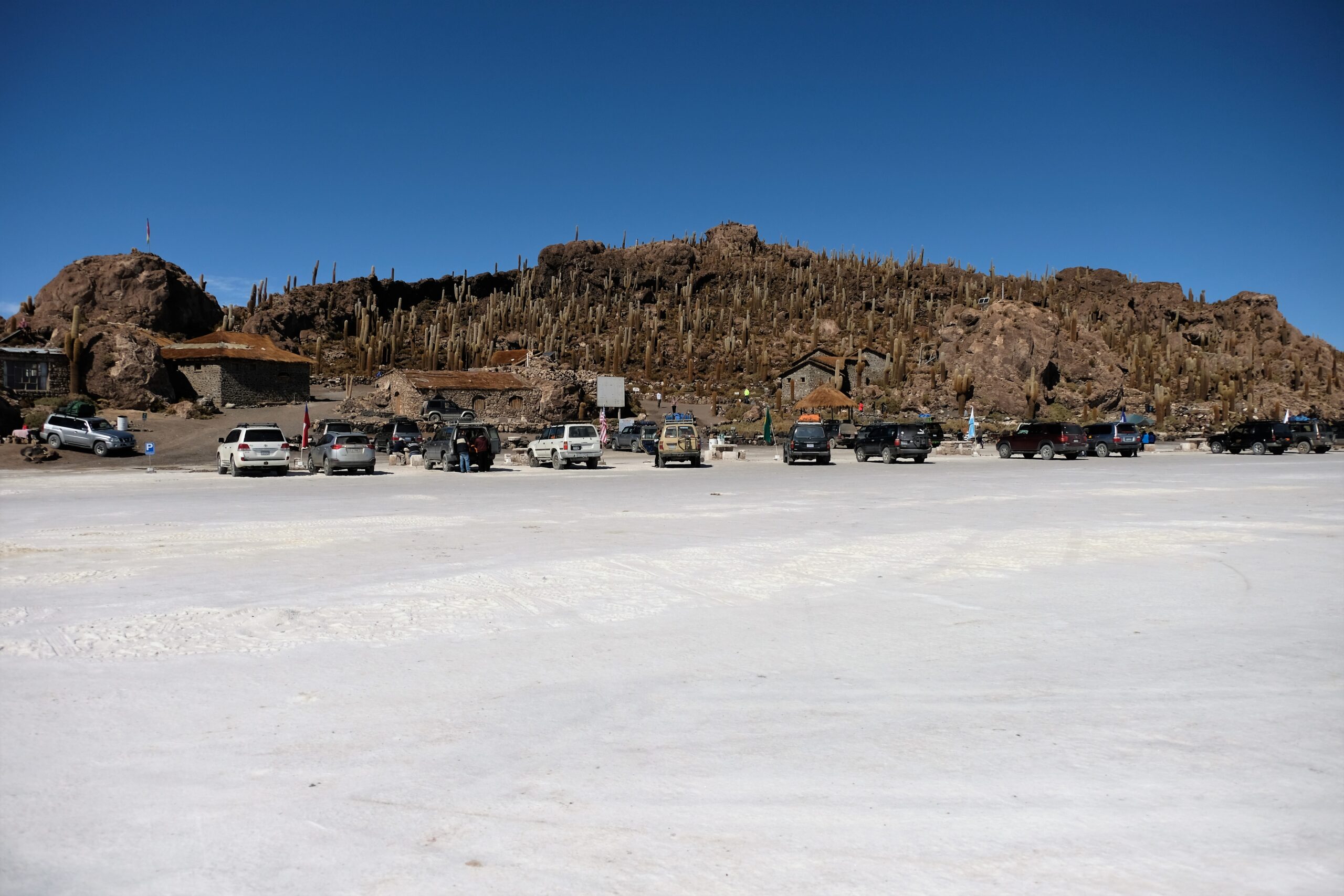
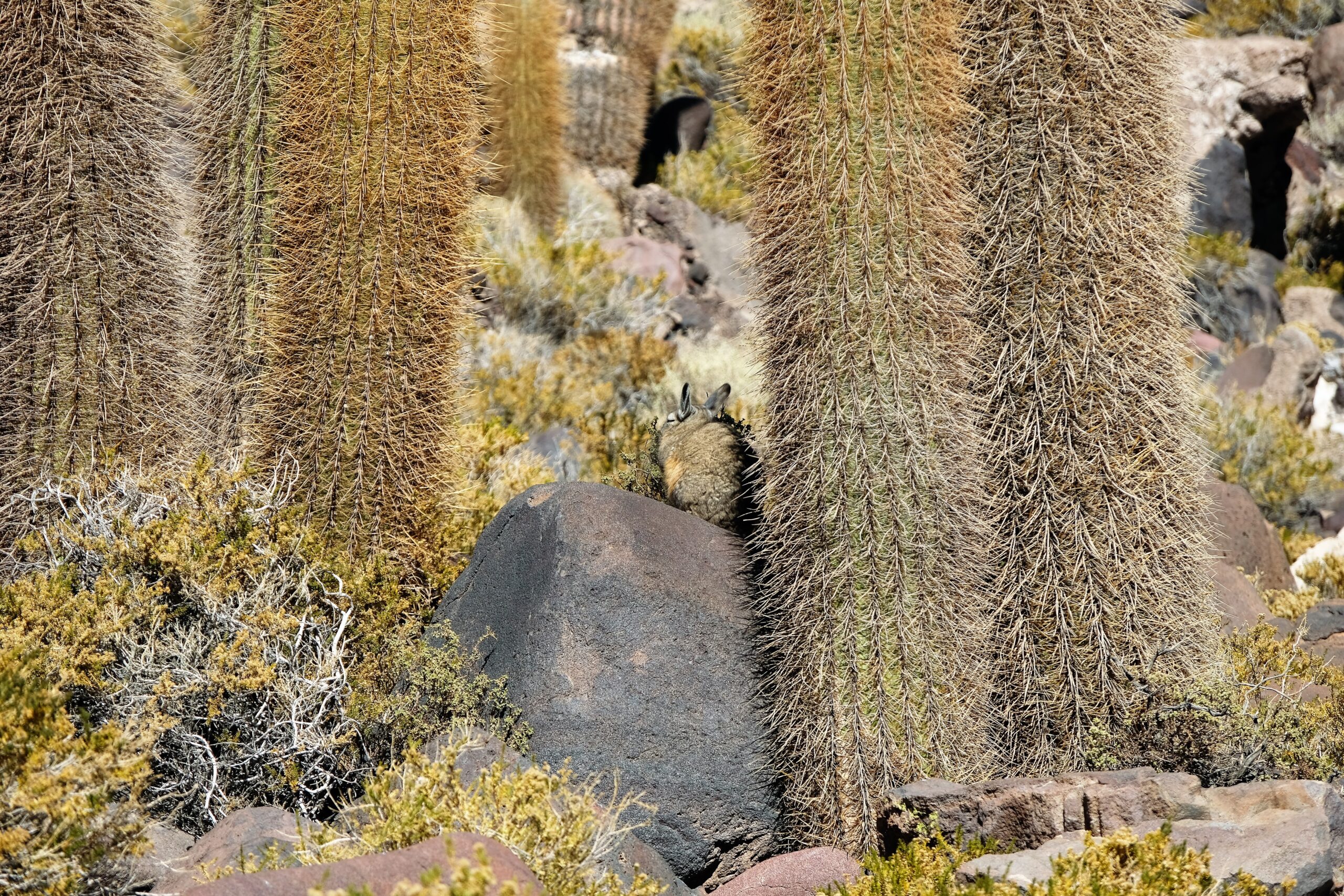
I’m being a little harsh about Inka Wasi. This is the only place that I’m aware of where you get a vantage point to look out across the salt flat. It’s 0.24 square kilometres, with a length of 800m at it’s longest. Somehow it reminded me of being at the sea, most specifically at the Dead Sea, yet I forgot that it’s still 3,656m above sea level. There a few a well demarcated routes to walk around the island with some fantastic views across the salt flat. Every now and then the endless white is punctuated by little black dots. These, upon waiting a few minutes were the many 4×4’s driving across the plain. They looked like dinky toys, so tiny against the vast backdrop of glaring white.
There is a little bit of life scuttling around the island. Large rabbits/hares, brought here who knows when, have now made the inhospitable place home. Shy and human wary, probable because they were brought here as a source of food. I tried many times to get close…no success. Isla Incahuasi was never going to be a long stopover, even though we may have spent around 2 hours there. To some degree we were killing time to stretch out the day. The plan was to get some pictures of the night sky, and for me to get some practice of using my camera to capture the stars.
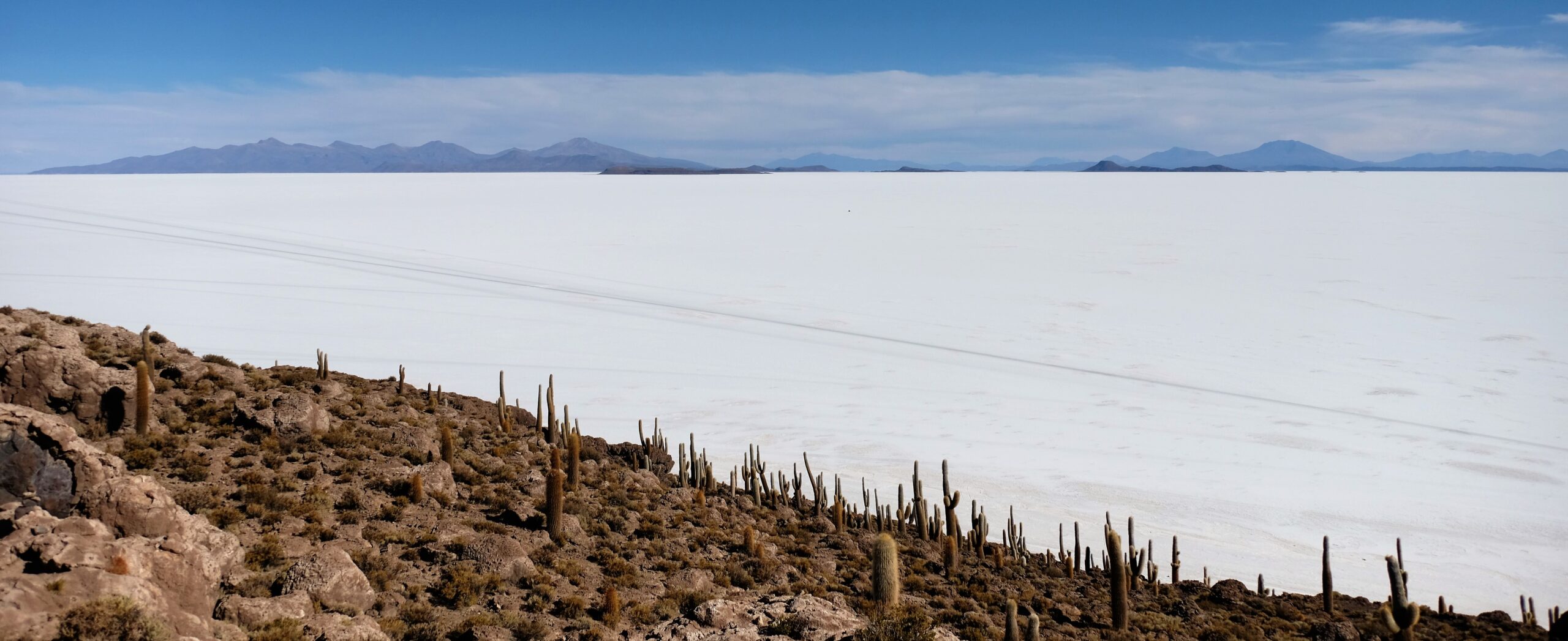
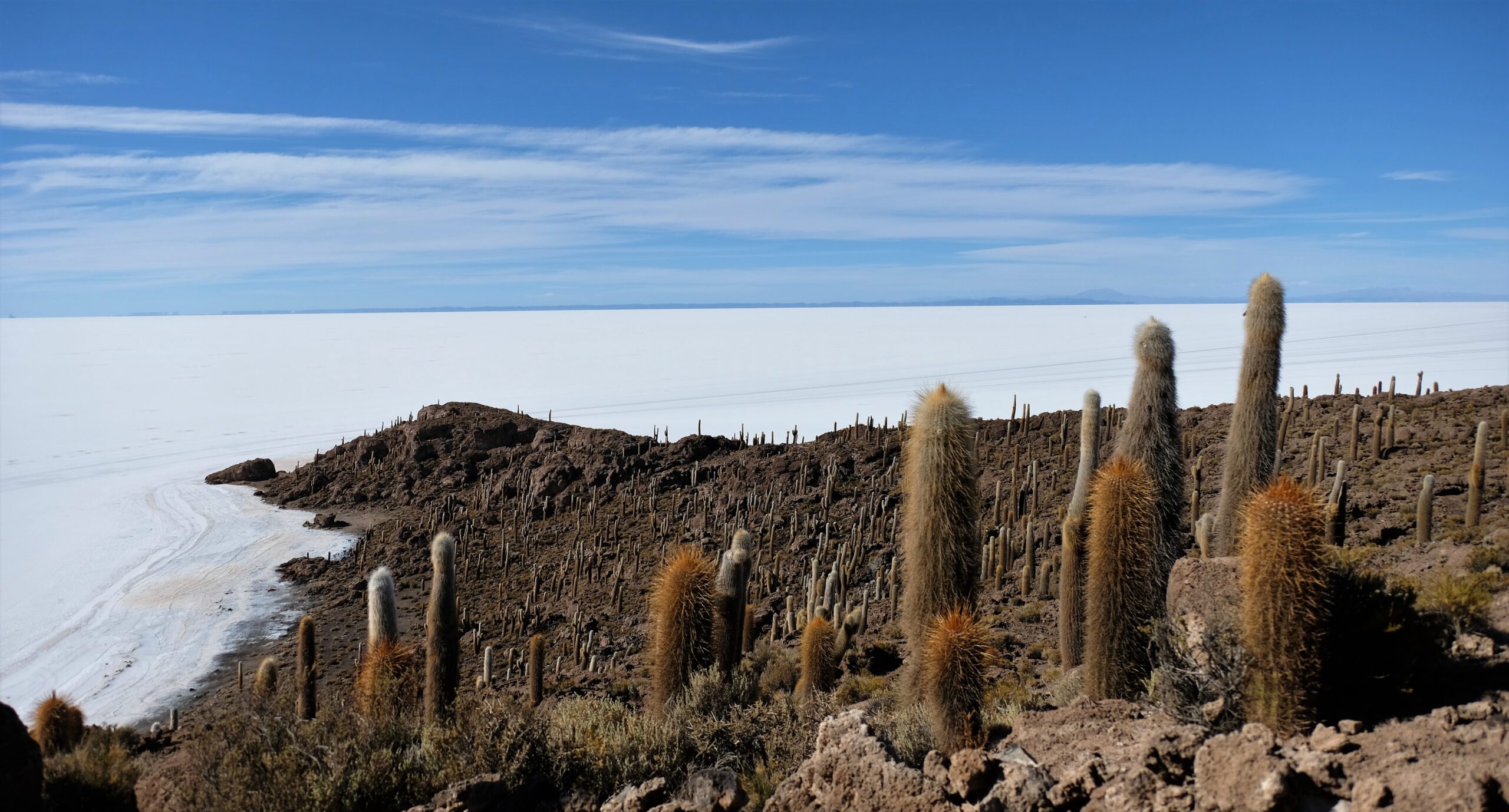
Salar de Uyuni
After leaving Isla Incahuasi, we headed in the direction of the “mainland”, to an area where salt is harvested (not my words, that’s what it’s called). On route, we stopped over at an old salt hotel, now almost abandoned with the opening of a new more luxurious salt hotel. Valeria said they closed because of the expense of running it. Everything must be brought to the hotel, including water for drinking, showering and toilets. It looked like a family establishment, with the owners still living there. Now, I think they only get a few passers-by and they do serve some food and drinks. Back in 2016 the Dakar rally stopped here, likely the last hurrah this place is to see, unfortunately.
Harvesting salt now is not too different to how it has been done for hundreds of years. These days the only difference is the use of machinery, bulldozers. They grade the ground creating little piles of salt. This is left to dry out, then collected for processing. It seems a destructive process to such a pristine landscape, but this has been done for hundreds of years and sustains communities….which it has done for hundreds of years, if not thousands. They only mine around the edge of the salt flat, hardly an eyesore.
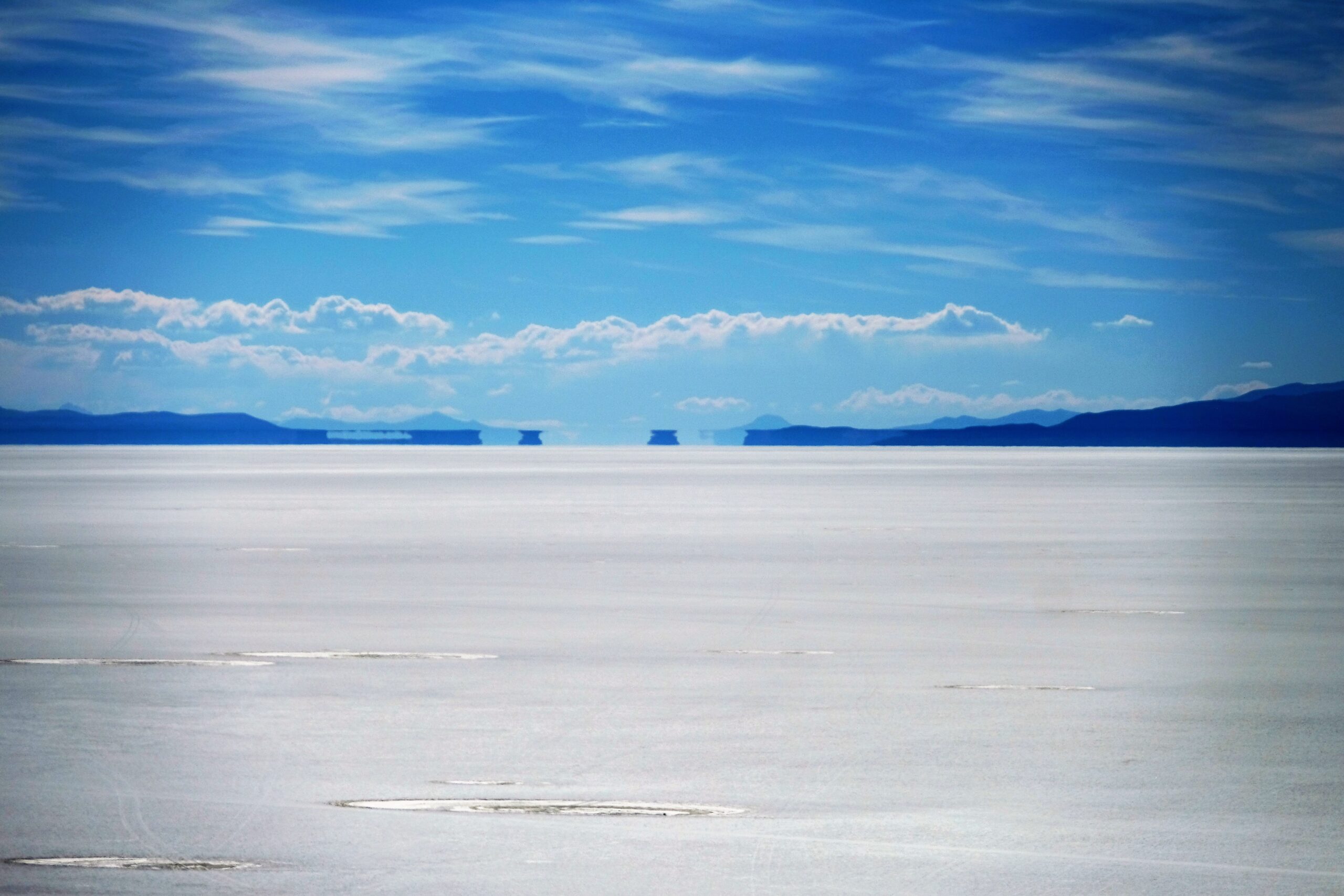
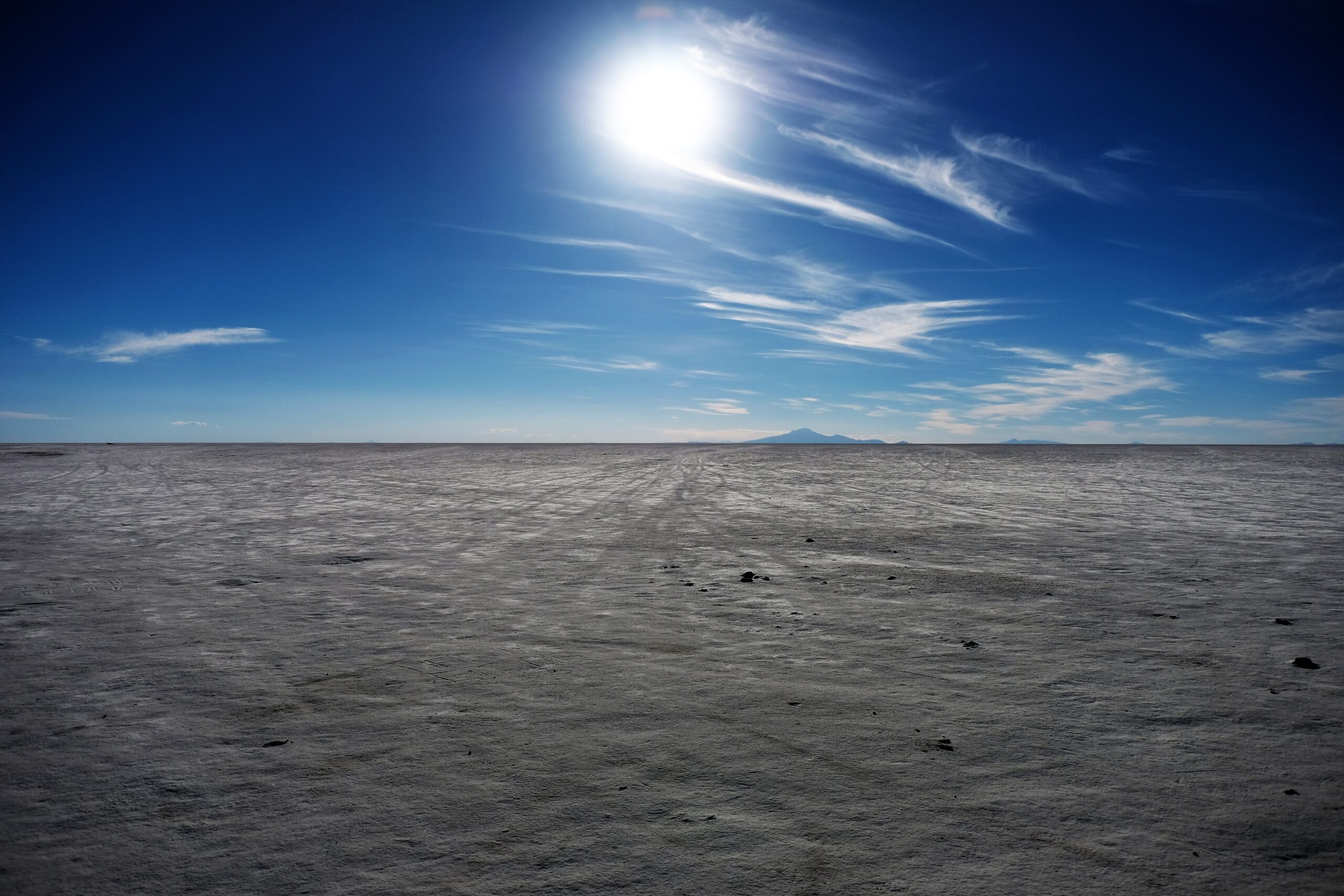
Heading to our next stop, the last for the day. The driver seemingly knowing exactly where to go to find water. Not the sort you would like to drink unless you intended on pickling yourself. Whether or not the water stays in the same place I don’t know, I don’t think so. I didn’t see any water throughout the day. Arriving at out location, I think it was near where we parked on my first visit but cannot be sure. This time at least we didn’t park in the water so no need for leaking boots!
My first night on the salt flats was undoubtedly, spectacular! Just as Valeria said, clouds over the salt flats are not normal. I’ve yet to see such a spectacular sunset since. That being said, I would have been blown away by this evening’s sunset had I not experienced the first. The film of water creates the largest mirror on earth (my words). Reflecting the array of colours to create a kaleidoscope of vibrant blues, reds and oranges on a scale that can only be seen to be believed.


Night Sky on Salar de Uyuni
Given my lack to learning how my camera works, the results are not surprising. I wouldn’t say they are terrible, though they really don’t do the stary sky of Salar de Uyuni the justice it deserves. If I every went back, I’d like to, I would spend a couple of hours there. Not for pictures, purely to see the sky as it would have been hundreds of years ago without the current pollution. I’ve seen may beautiful stary skies, but you need to be in the middle of nowhere….Salar de Uyuni could be more “in the middle of nowhere”!
Living in a city you for get how bright the night sky should really be, and how many stars there are. I remember when I was a kid in the African bush, how vivid the Milky Way was. It takes going to places like this to remind me. At places like Salar de Uyuni, satellites are easy to see with the naked eye. Shooting stars streaking across the black velvet sky are commonplace.
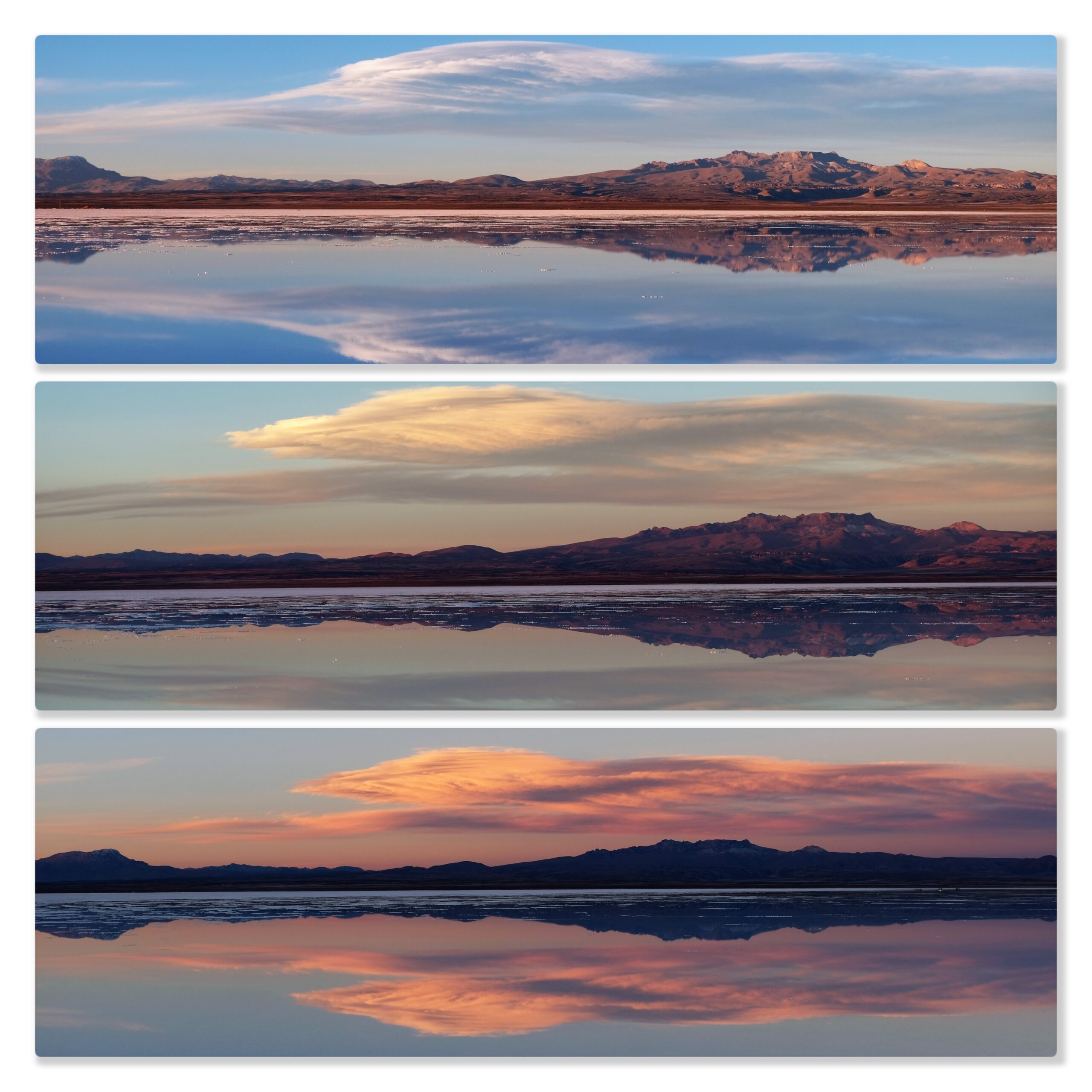

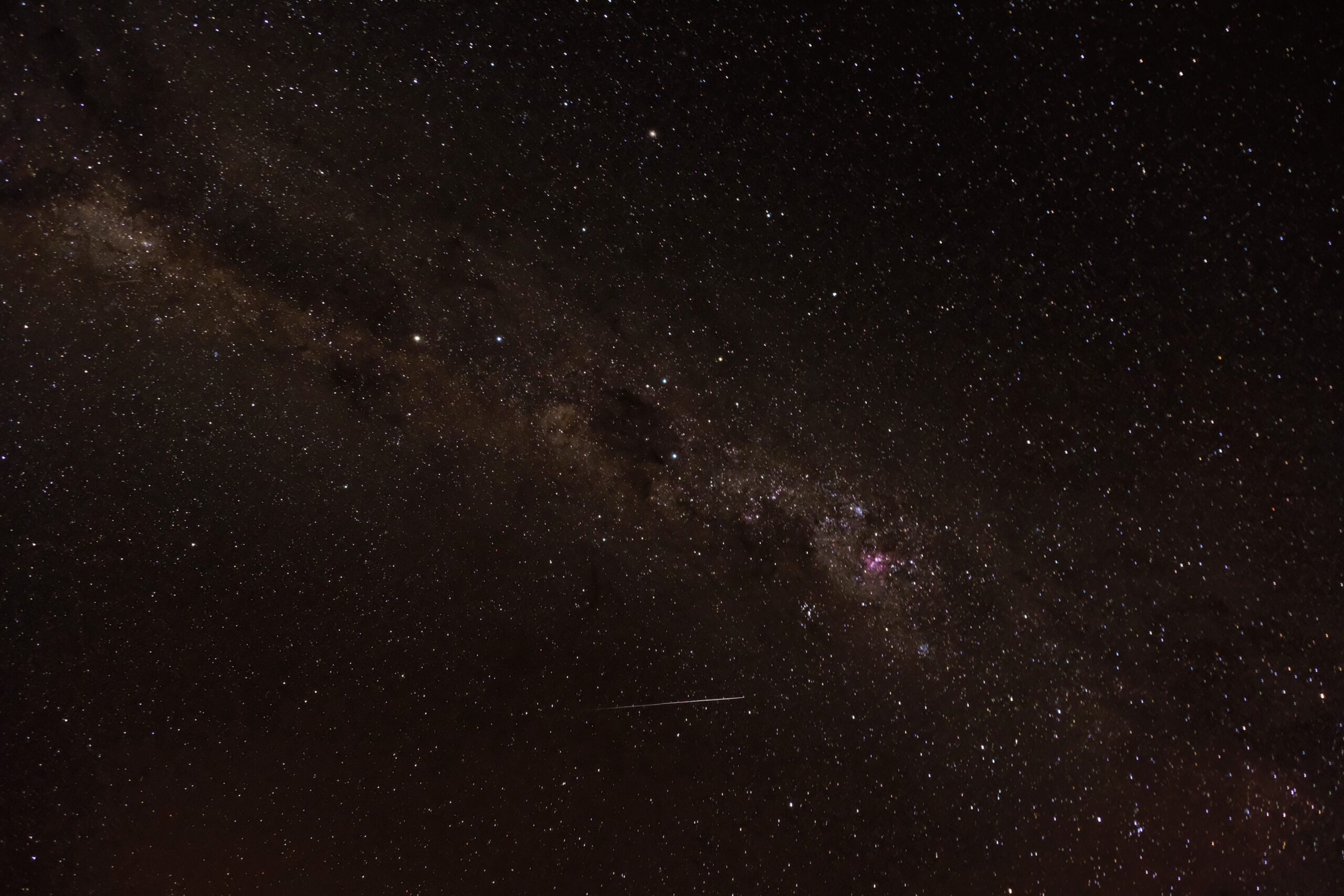
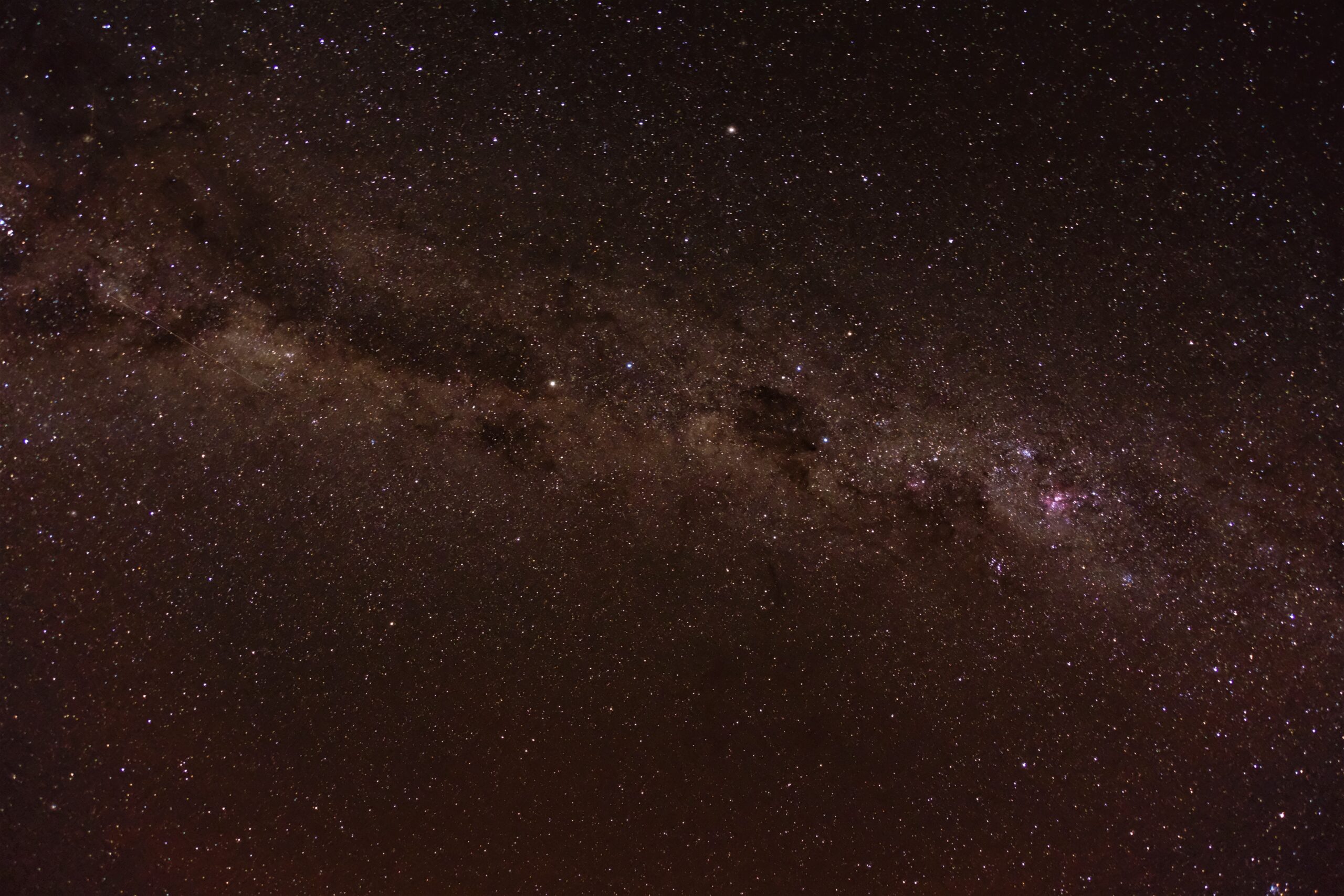
Bolivia comes to an end
My time in Bolivia was nearly at its end. I would b flying out from Uyuni to La Paz the following morning. I had considered taking a scenic route back (a very long road trip), but decided no. I was tired, and only after my first two days in Bogota, Colombia (my next stop) would I realise how sick I had been the past few weeks; I still wasn’t sleeping great and coughing.
I spent three days back in La Paz doing almost nothing, felt like recuperation, but didn’t seem to help. Instead I ended up back at the pharmacy, where they gave me antibiotics for cancer! Staying in the same place I had previously, Hotel Sagarnago, and eating at my usual Cafe del Mundo. My flight left La Paz at 3:45am, flying Avianca to Bogota which takes 3hrs 45min. I do regret not doing anything during these three day. La Paz is very interesting and there was a lot I had not seen and wanted to. Really, I had no energy nor motivation, I was drained.
Heading to the airport is possible one of my top 3 hair-raising experiences. Hotel Sagarnaga has arranged my taxi, picking me up around 1:15. At that time of night on a Friday, La Paz was barren. The hotel shutters were closed, with the occasional car passing by and no pedestrian in sight. My car arrived. I use the word car loosely; it was so battered I couldn’t tell the make, I think it was a Toyota. My driver, a short young local, I’d guessed early 20’s and short, like most of the locals, so he could easily have passed as a teenager. His height, not me belittling him (no pun intended), comes into play because his seat was so far back that I doubt even I could reach the peddles. That meant, he was almost lying down to reach the peddles. That’s not all. The state of the car! Only one headlight was working, well sort of working; I’ve seen candles emit more light. The mounting was damaged and the glass held together by sellotape. Having a dim headlight is one thing, it definitely doesn’t help if it’s pointed skyward. Oh well I thought, the airport is only a short distance away.
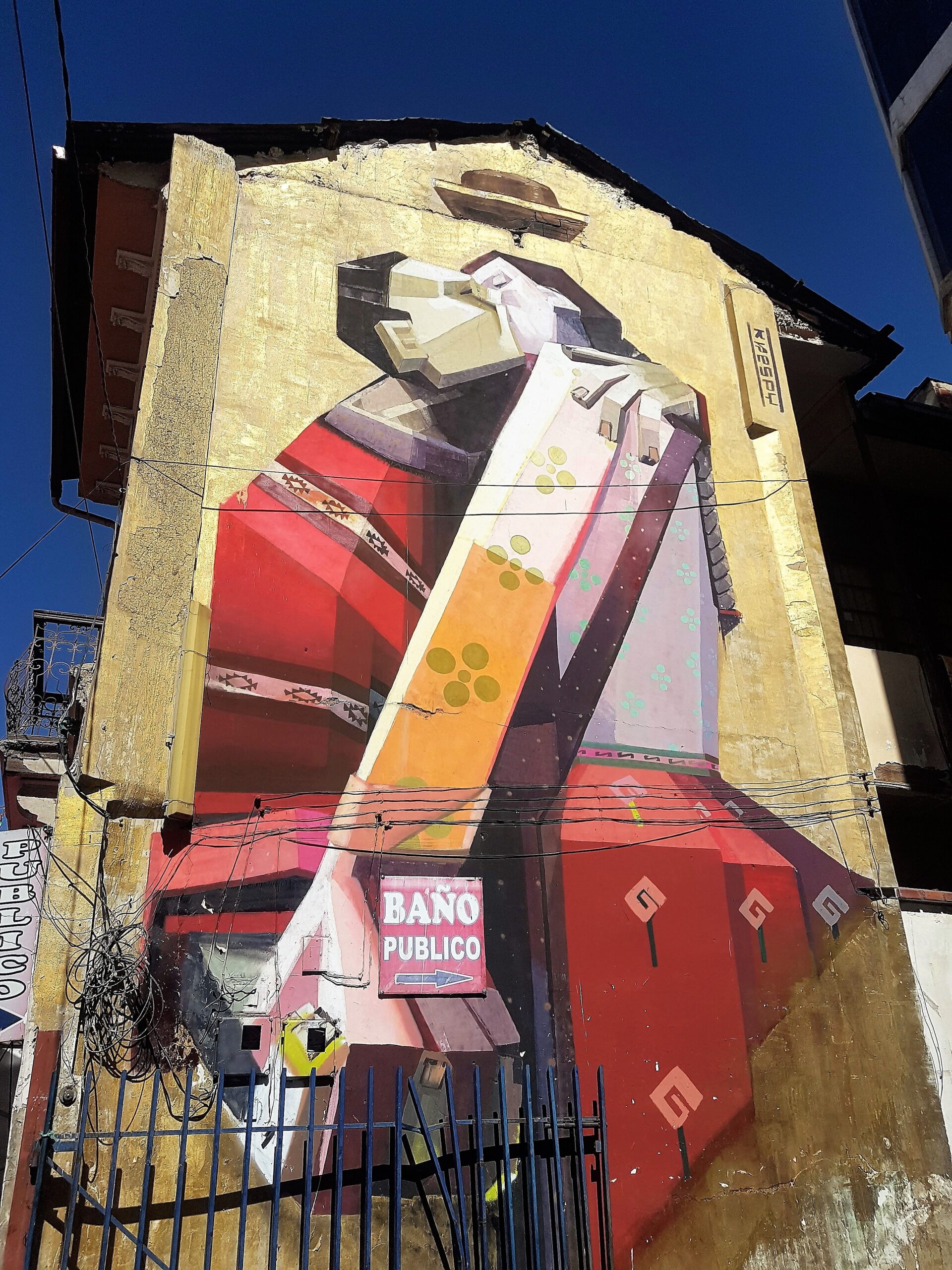
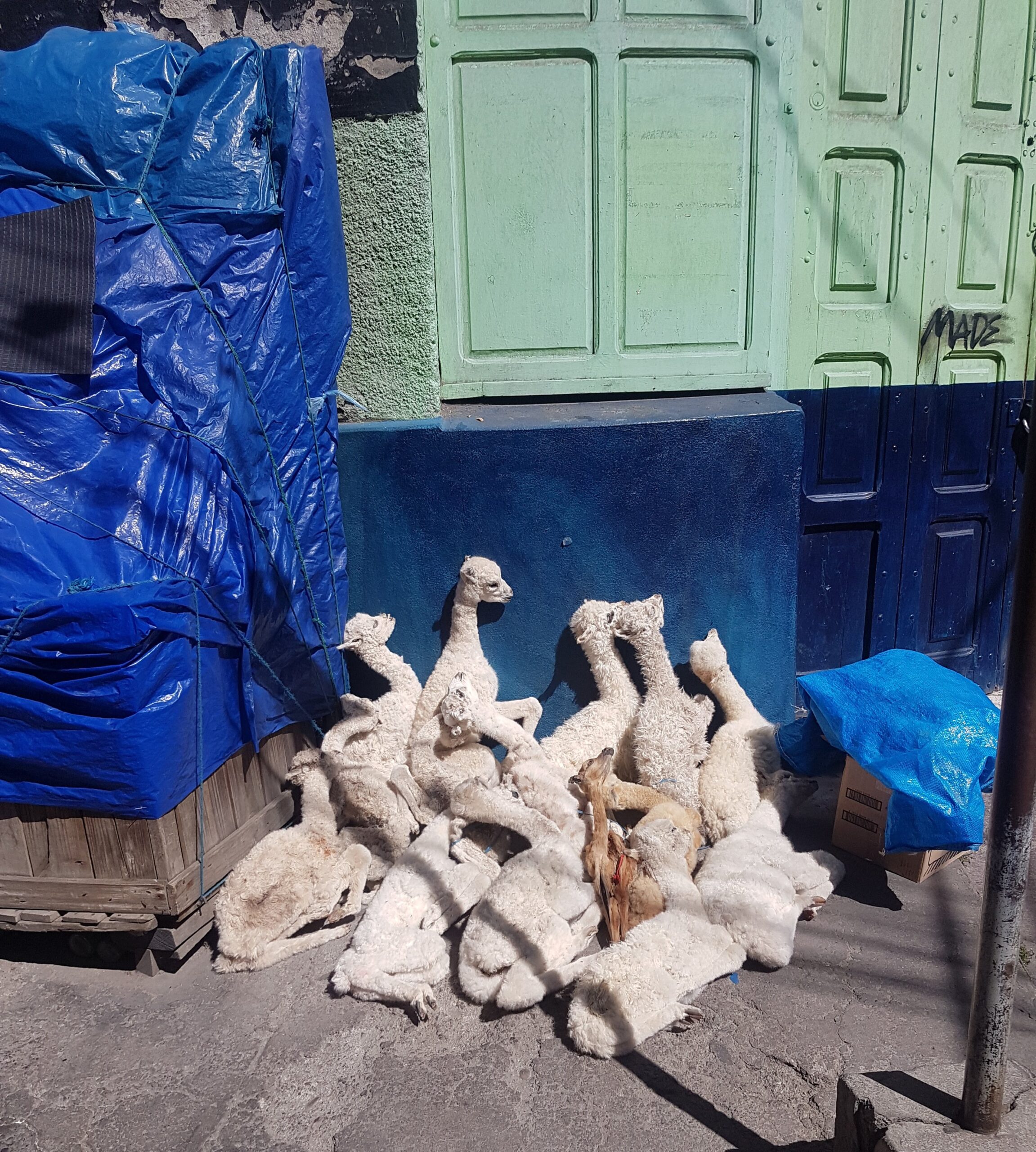
Previously I’ve mentioned how La Paz has some serious elevation throughout the city. The airport was only between 7-13 km away dependant on which route you take, with an elevation difference of about 500m. Mechanically the car reflected its exterior. On multiple occasions going uphill, we had to stop to prevent the car from stalling. Each time, the driver stopped, revved the car to breaking point, punched it into 1st gear, then jittered along at walking pace with the car revving at red-line! To add to the edginess of the journey the driver was barely awake. Like an eagle watching its prey, I kept an eye on him from the backseat looking at his face using the rear-view mirror. Every time I saw his eyes glazing over I would speak in a loud questioning voice using my limited Spanish vocabulary. Obviously the driver couldn’t speak English, and my Spanish just confused him, but at least it kept him awake. His “stance” of driving aka lying down could only have added to his sleepy state, because it undoubtedly couldn’t have aided him seeing over the dashboard! No, the safety belts weren’t working in the backseats….just to add to my assurance.
The end….for now
Bolivia was great. It would have been much better had I been in a better state. Would I go back, yes, tomorrow. The people are friendly, the landscape is varied though very stark. It’s not the type of place you go to for luxury, its where you go to see and experience something different. What the country lacks financially it overcomes in abundance with environment, vibrance, culture, history and landscape that is as foreign as Mars. Everyone I met was genuine, friendly and warmly welcoming. It’s a hard and harsh environment in Bolivia, I still wonder why people settled there. With the altitude, weather, perceived devoid of life landscapes, massive elevation differences it takes a certain type of people to settle here, and thrive…it couldn’t’ have been easy.
…I hope to see you again Bolivia. On the bucket list: climbing a 6000+metre mountain.
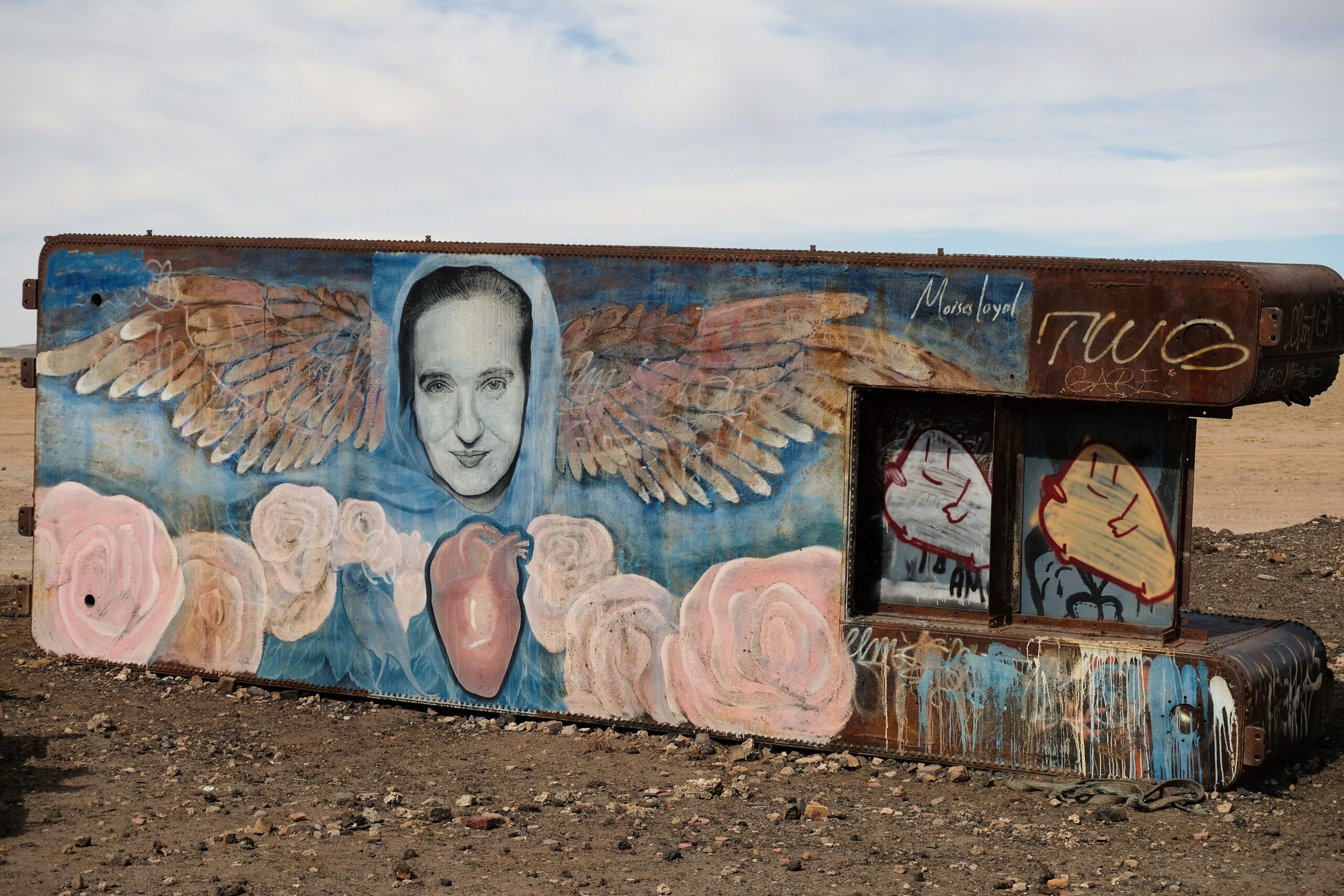

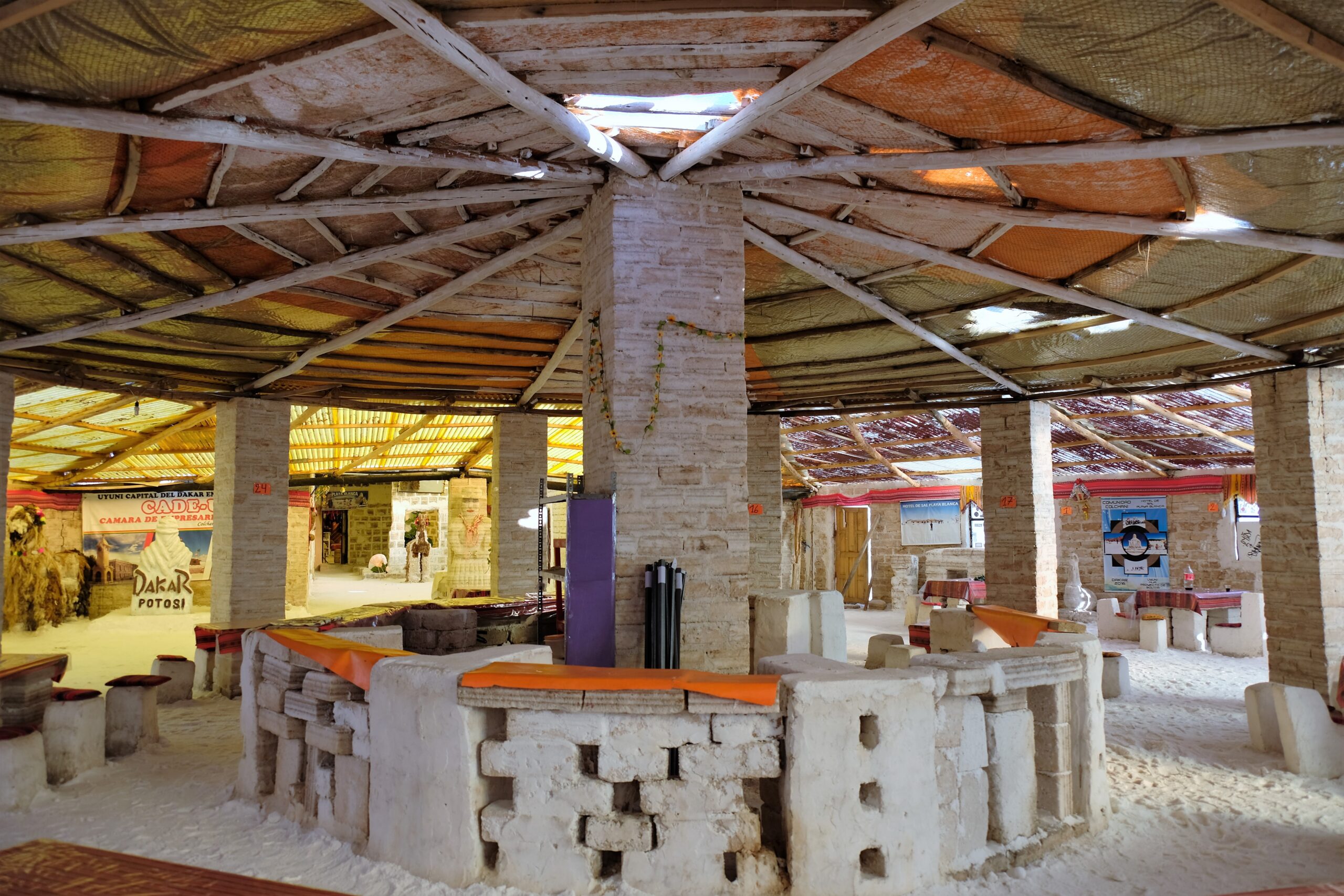
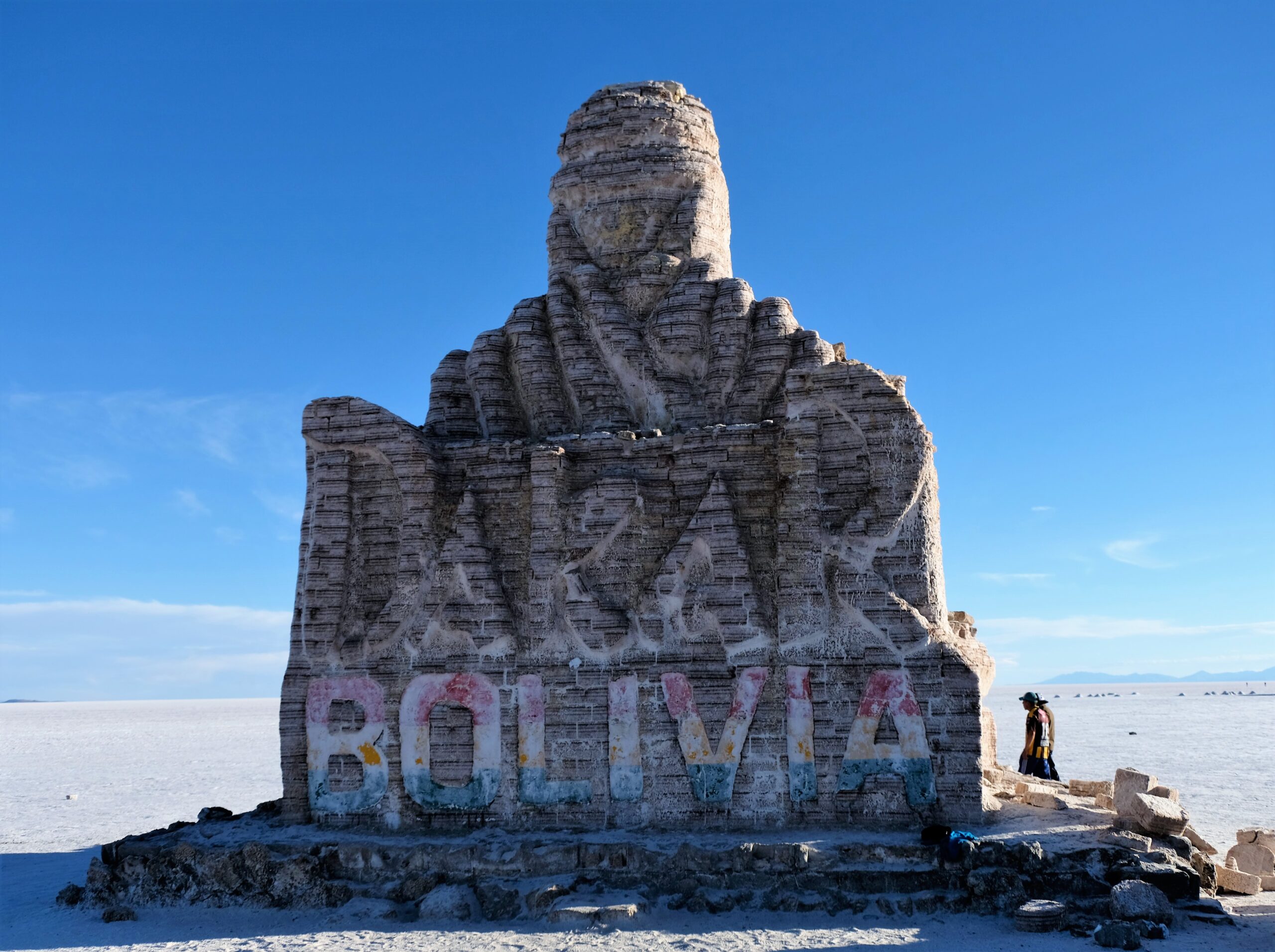


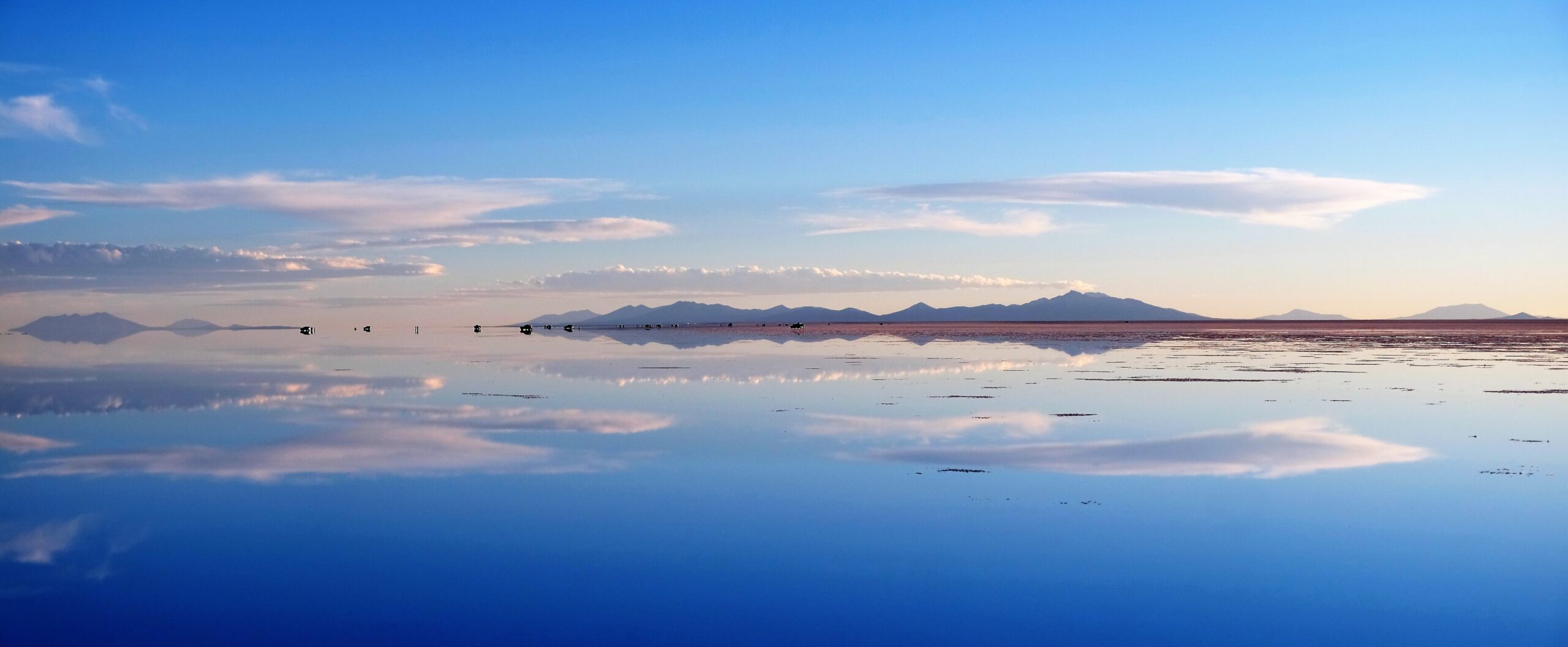
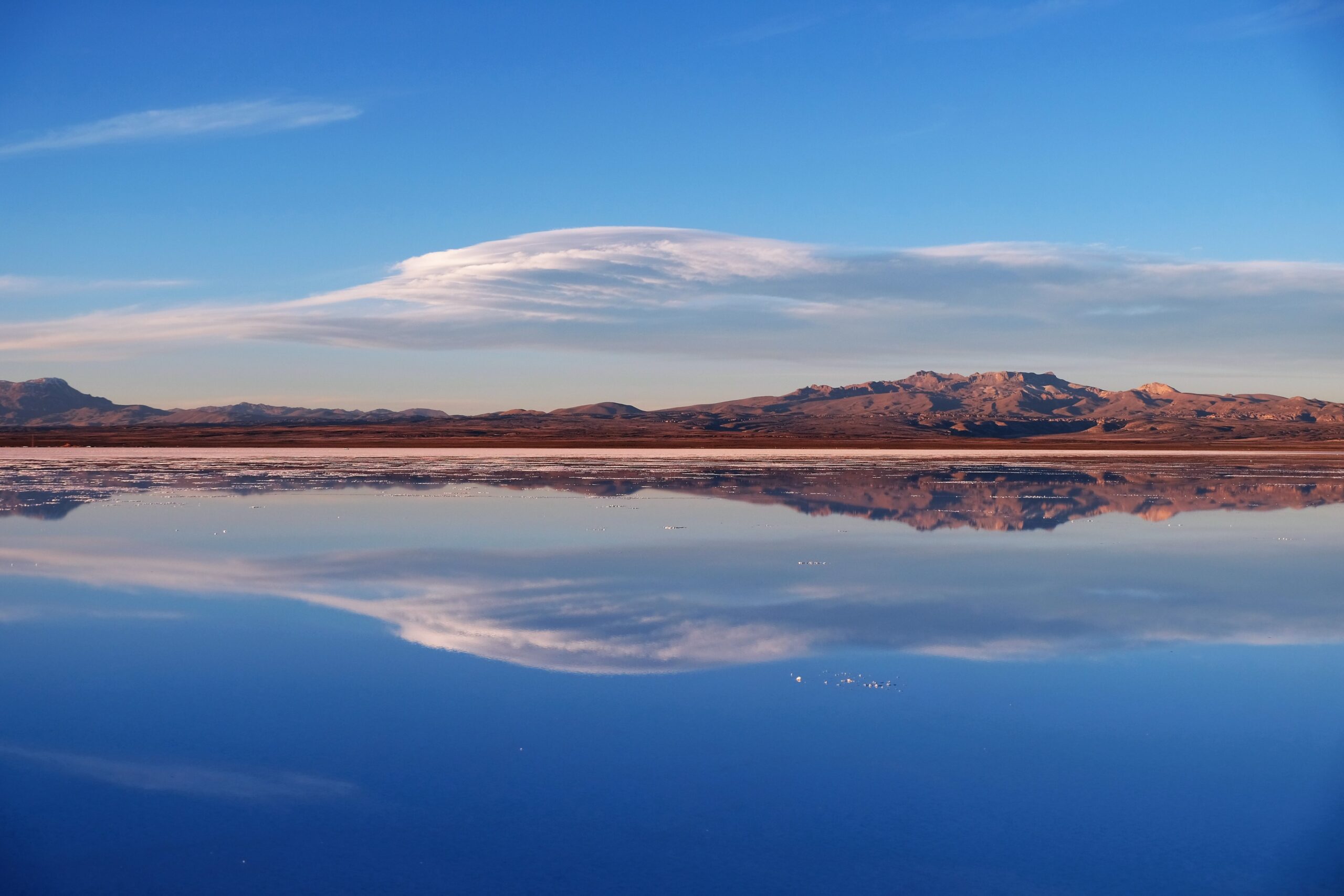
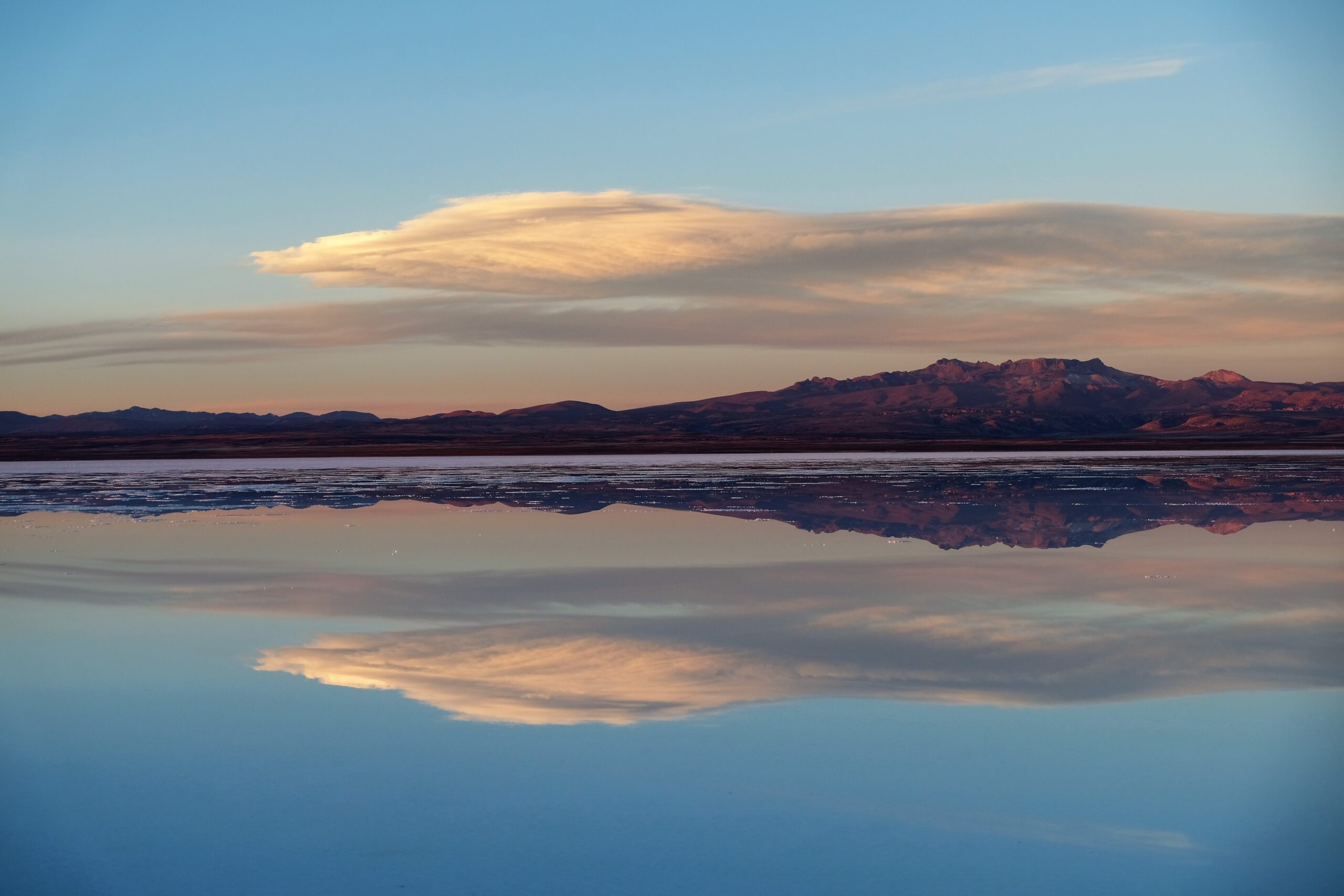
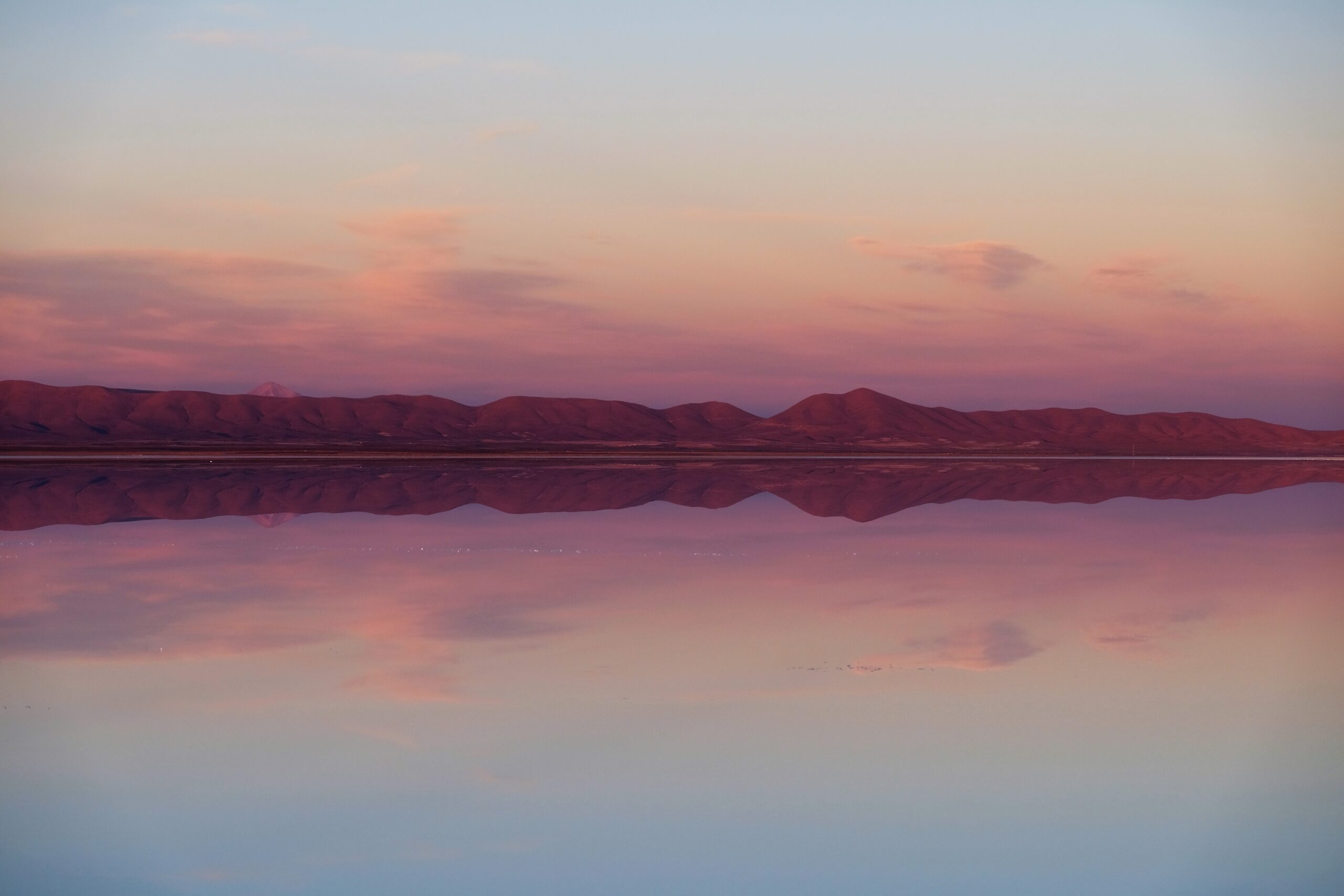

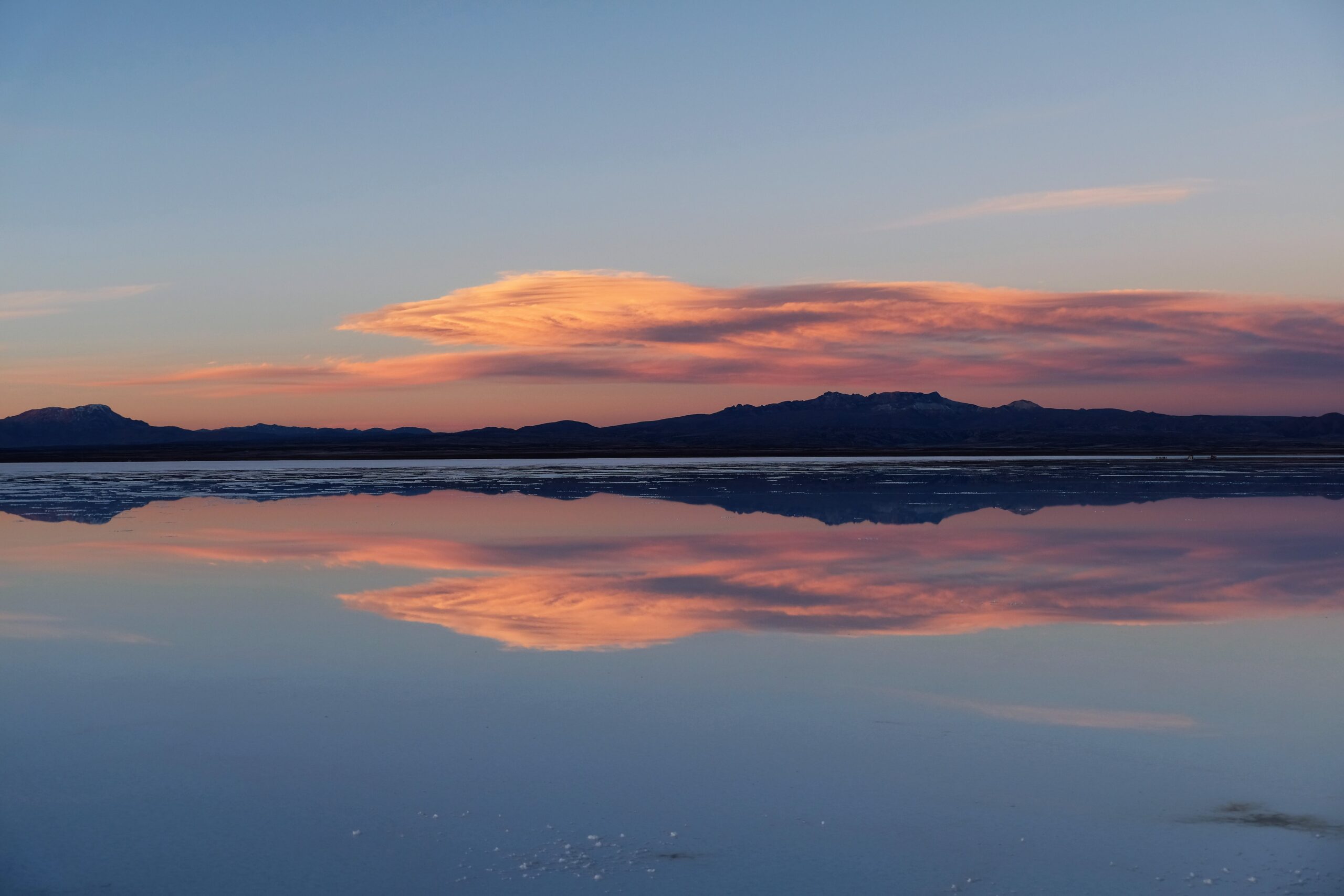
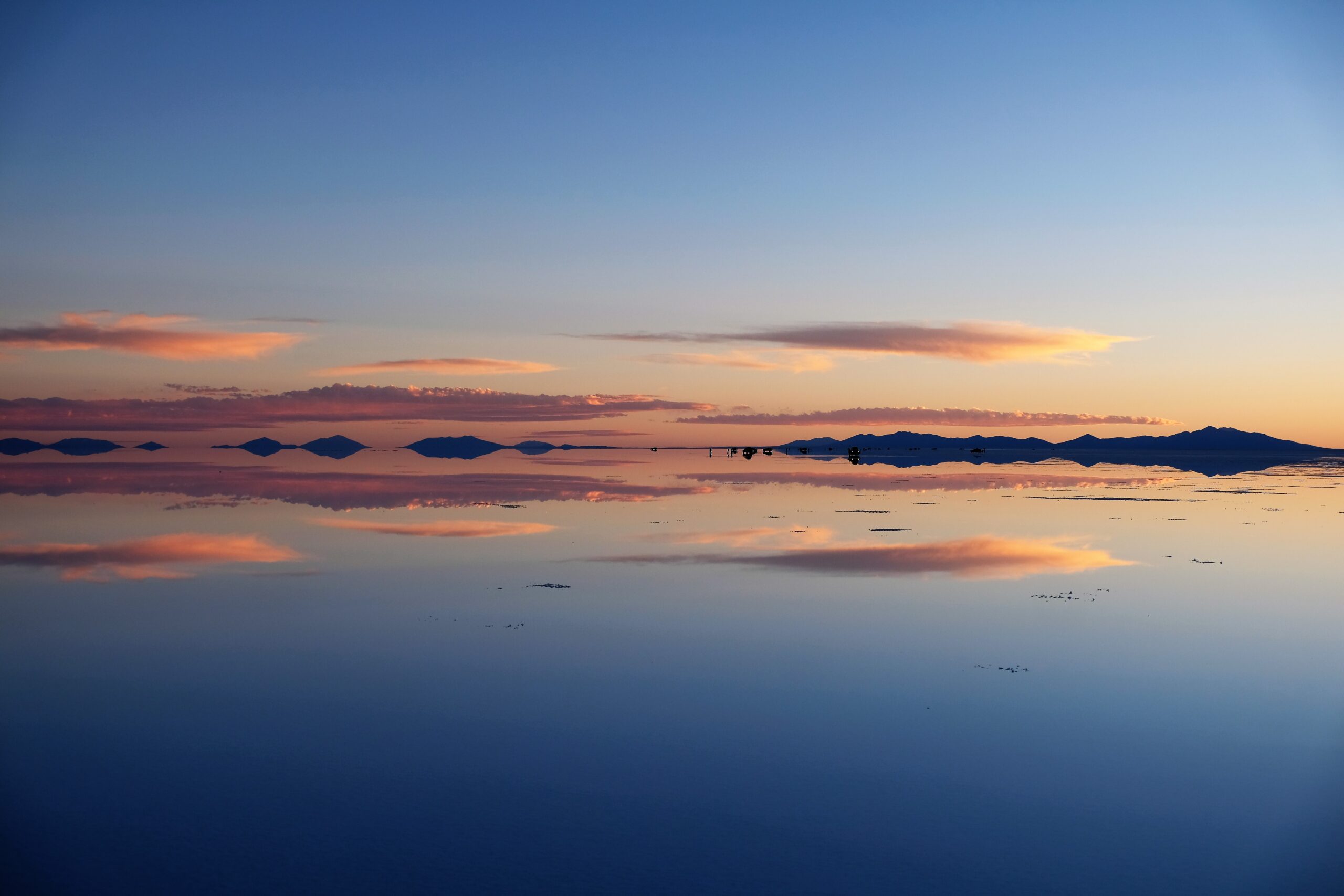
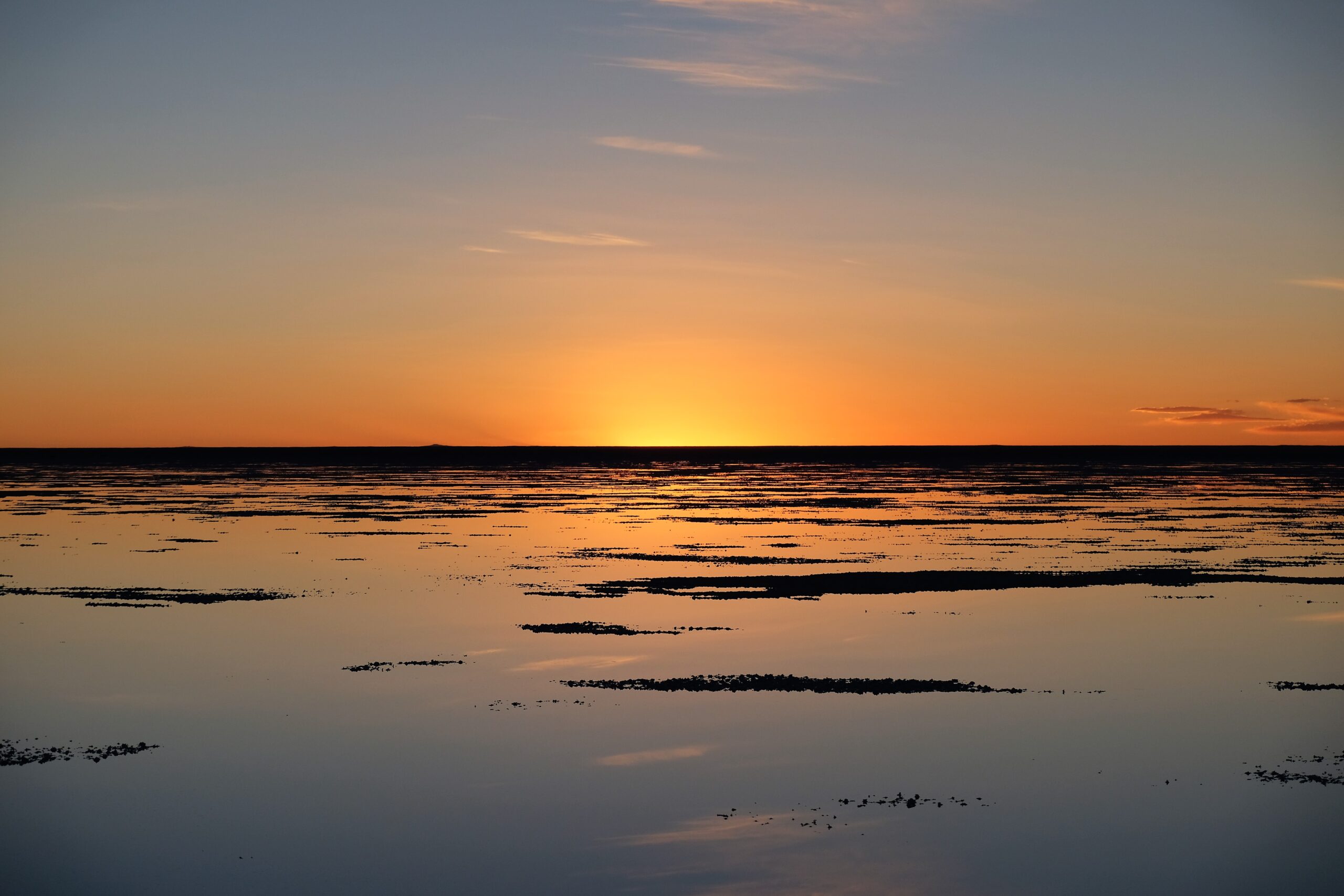

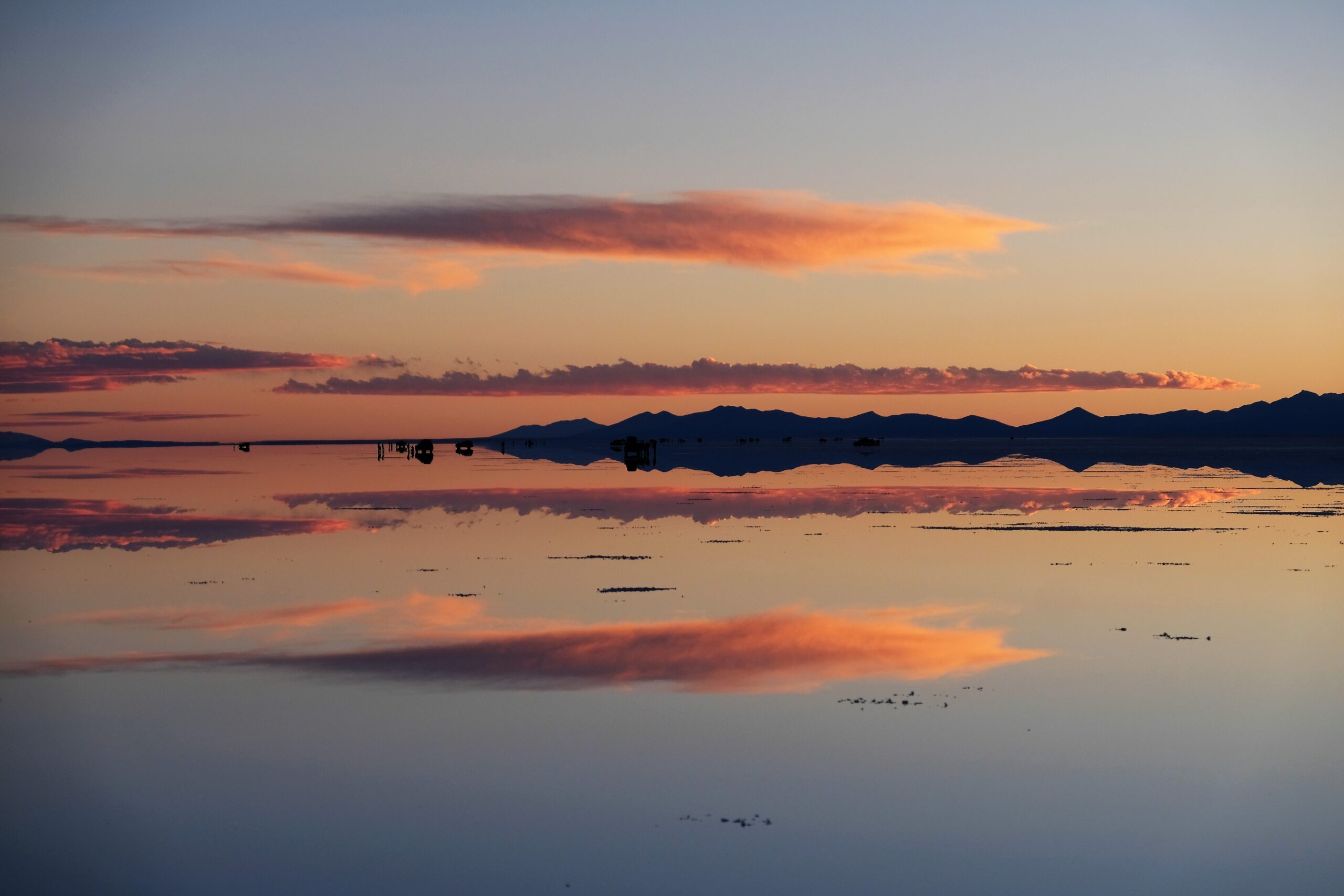
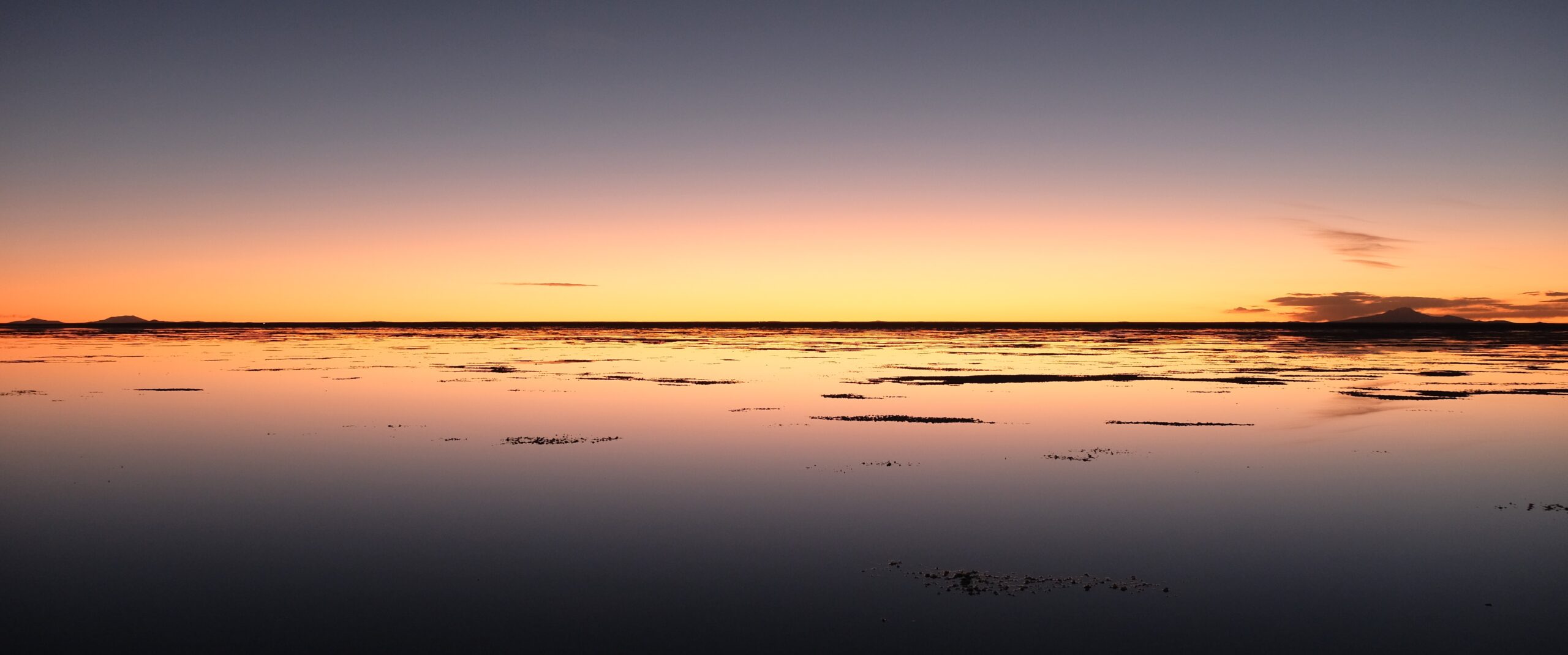
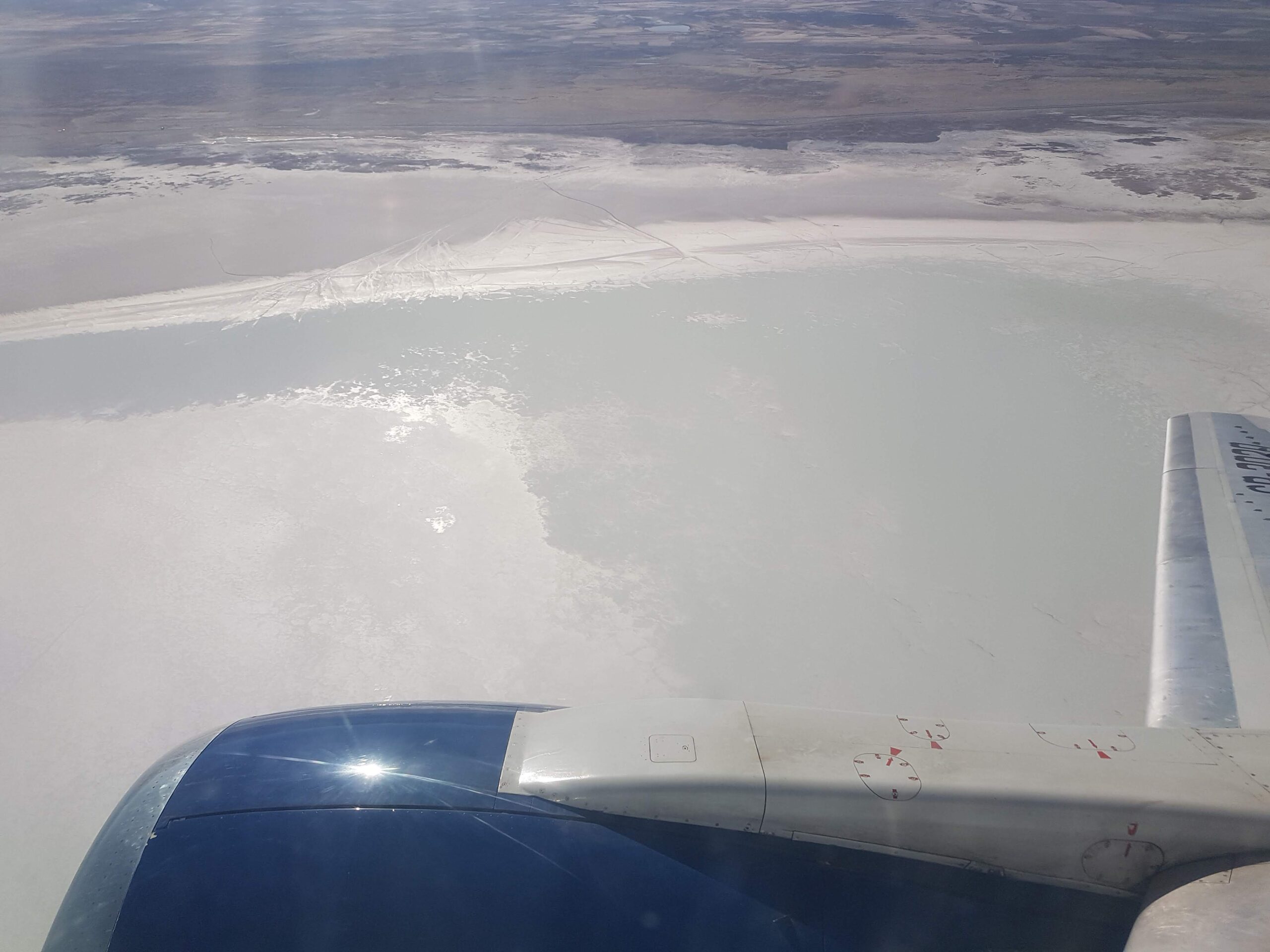

Enjoyed the read and pictures.